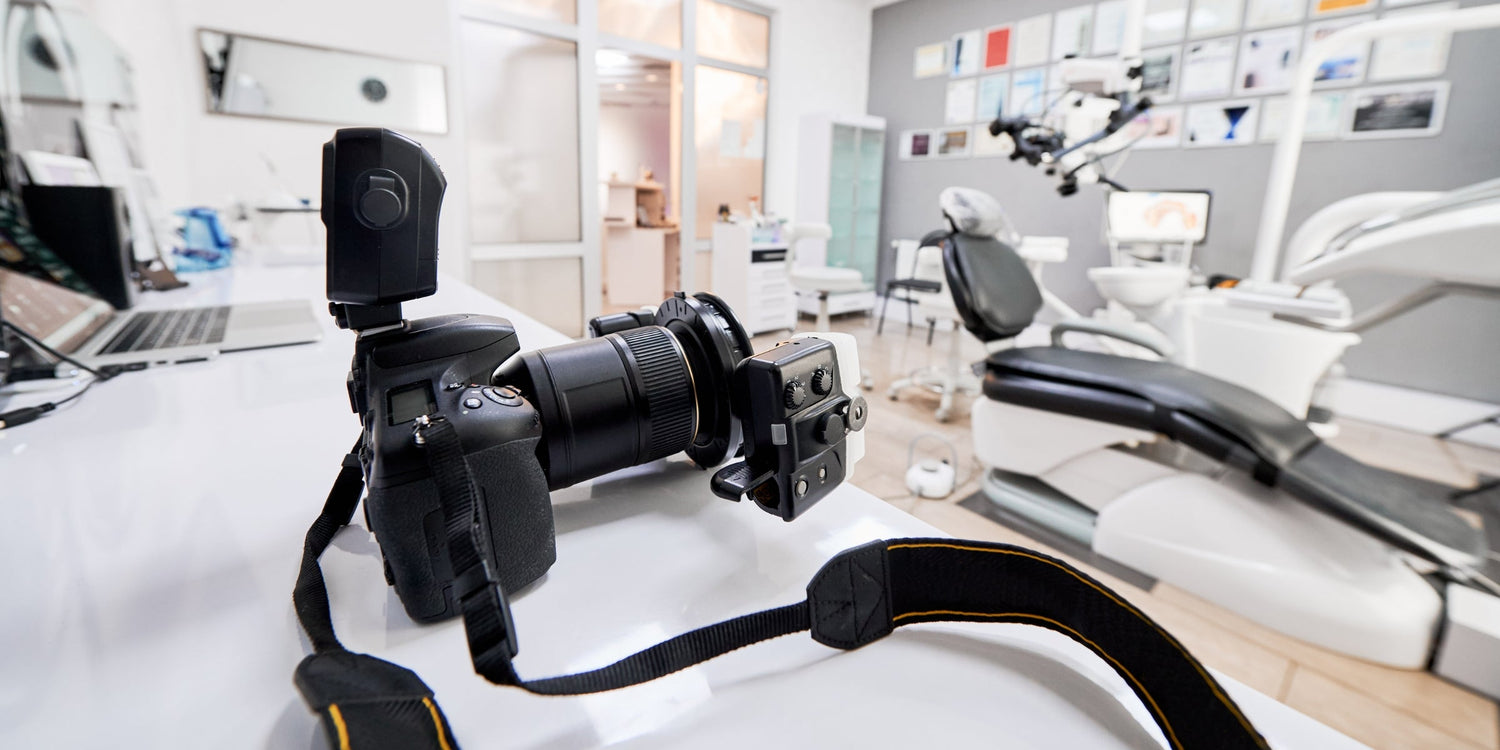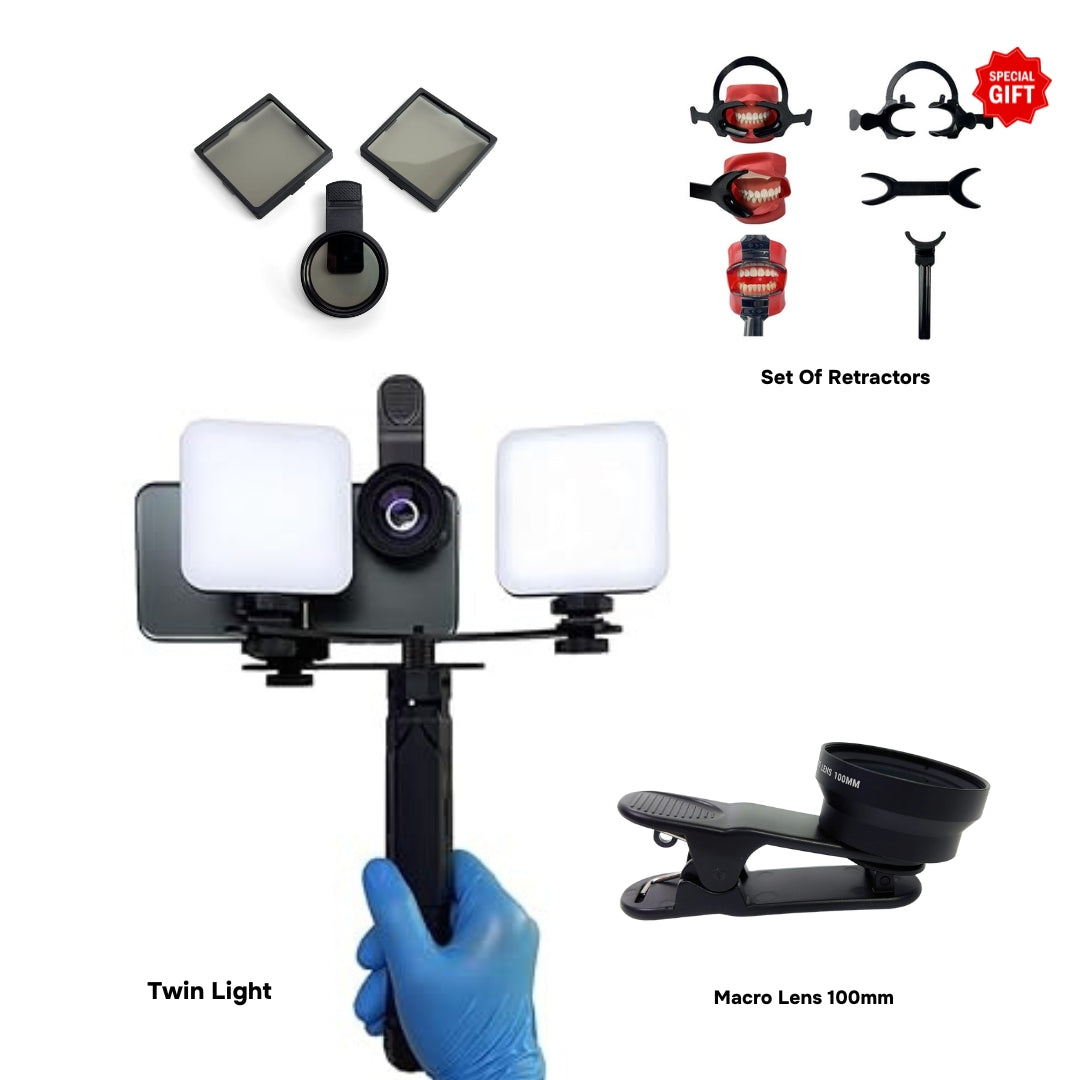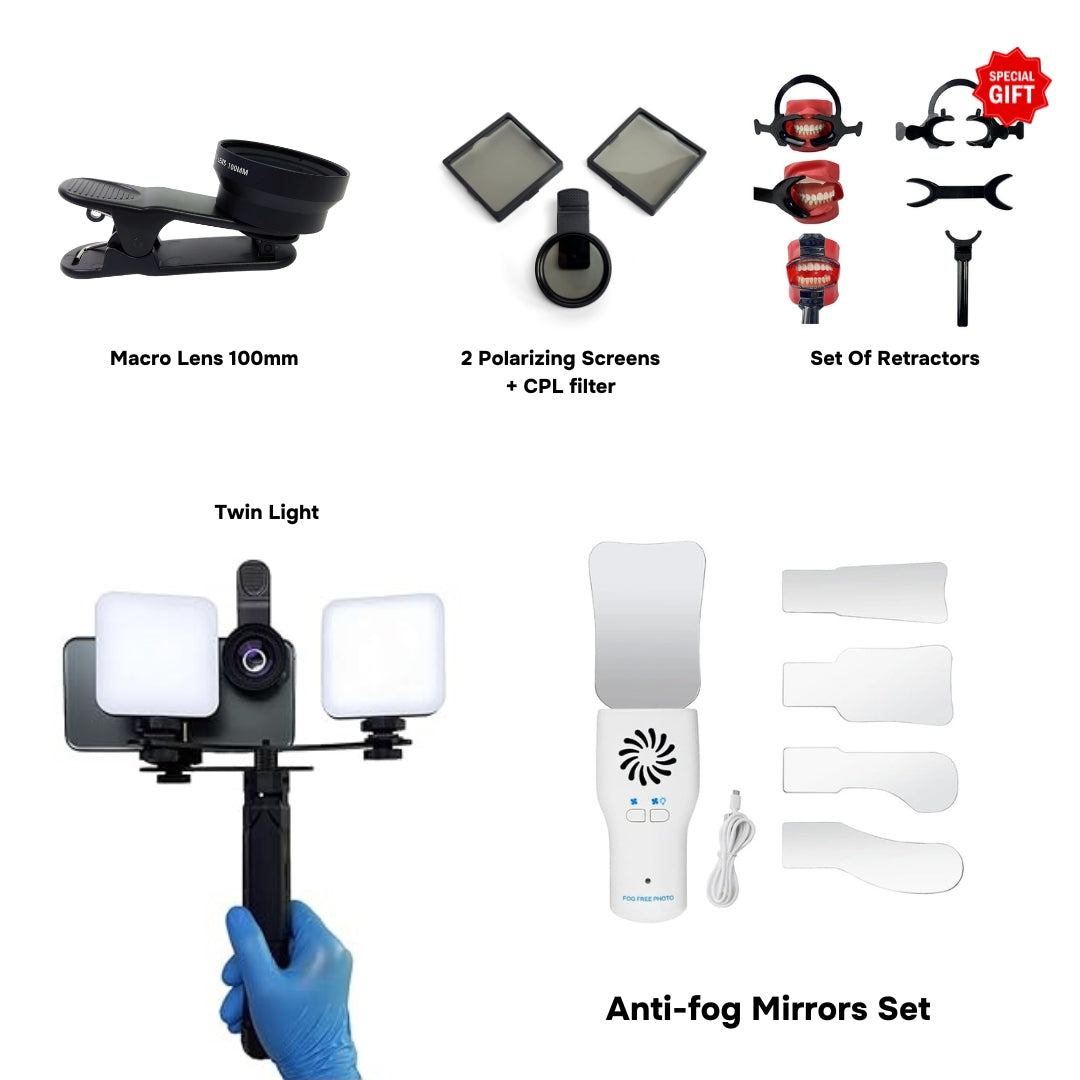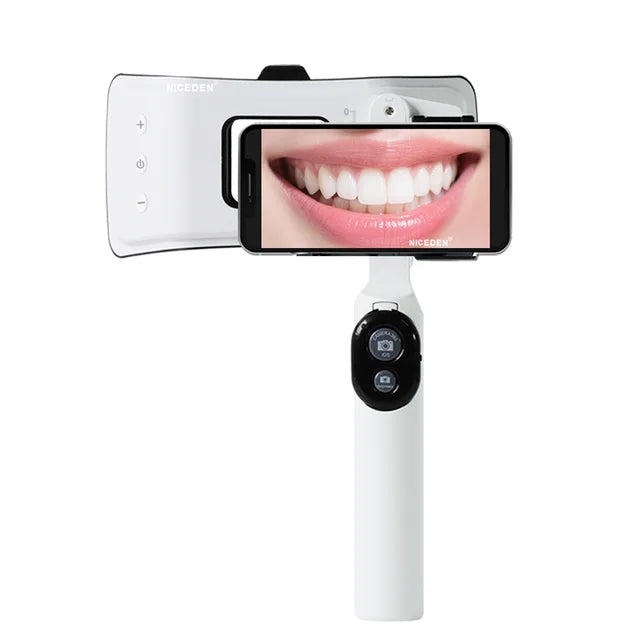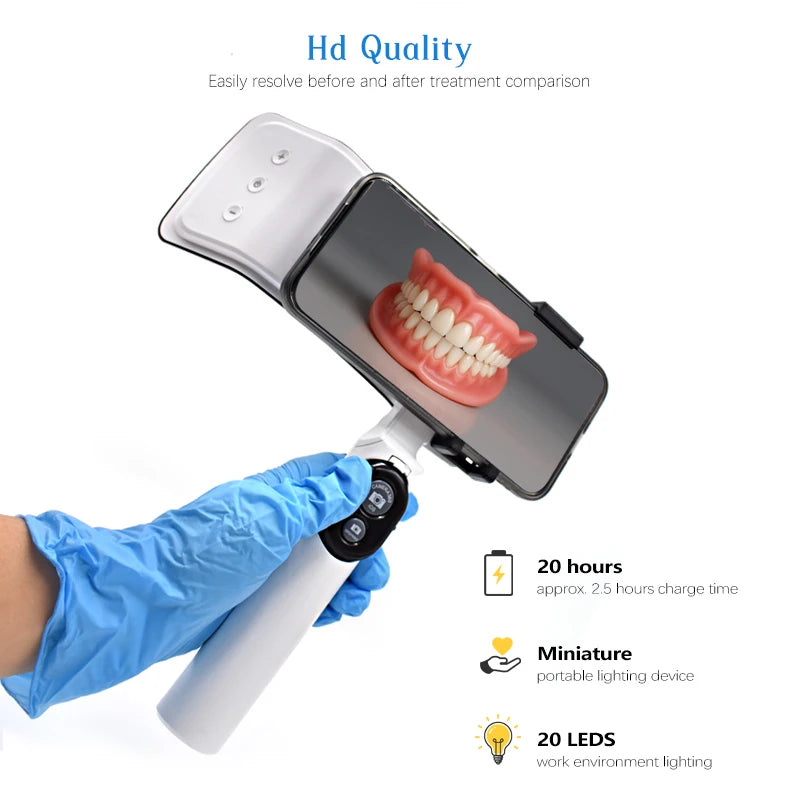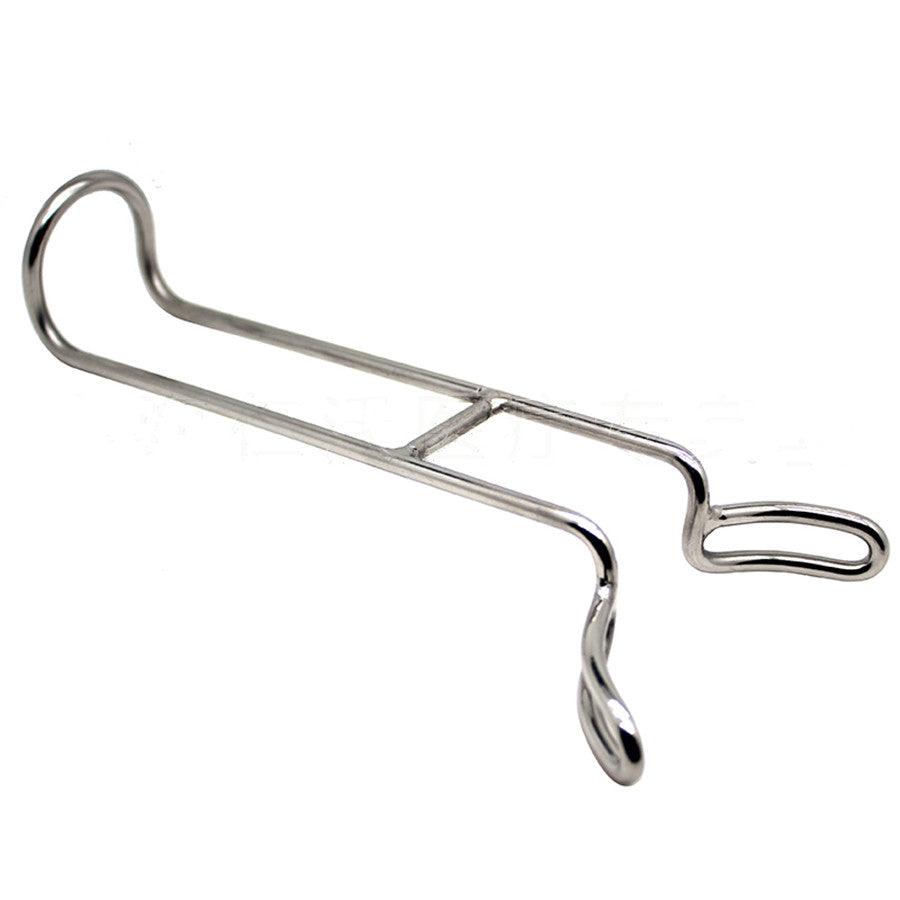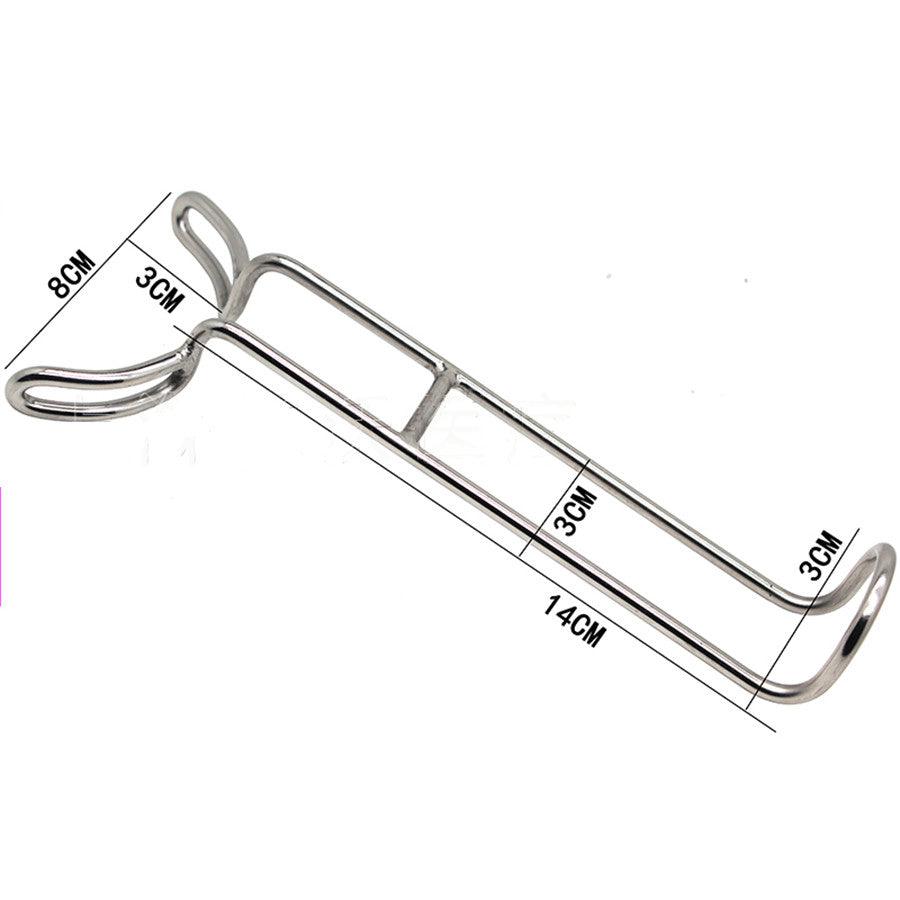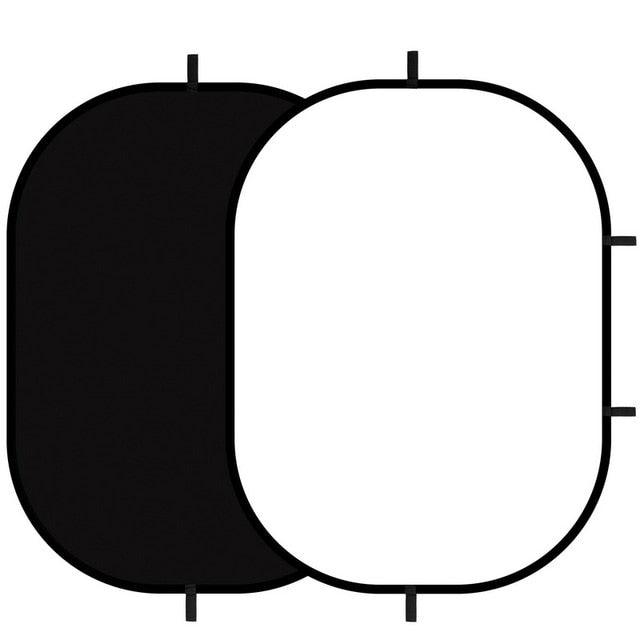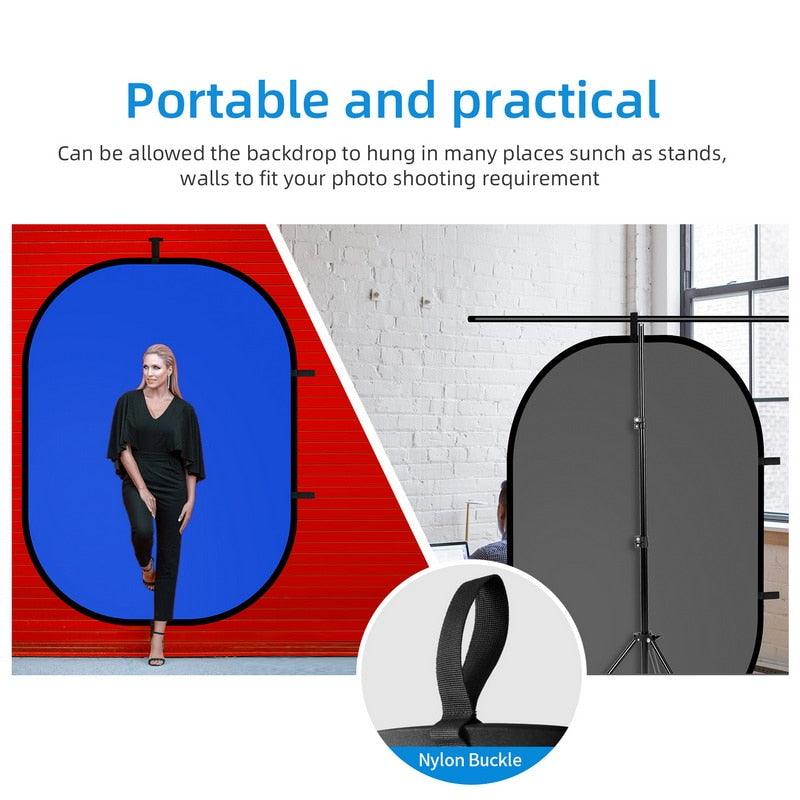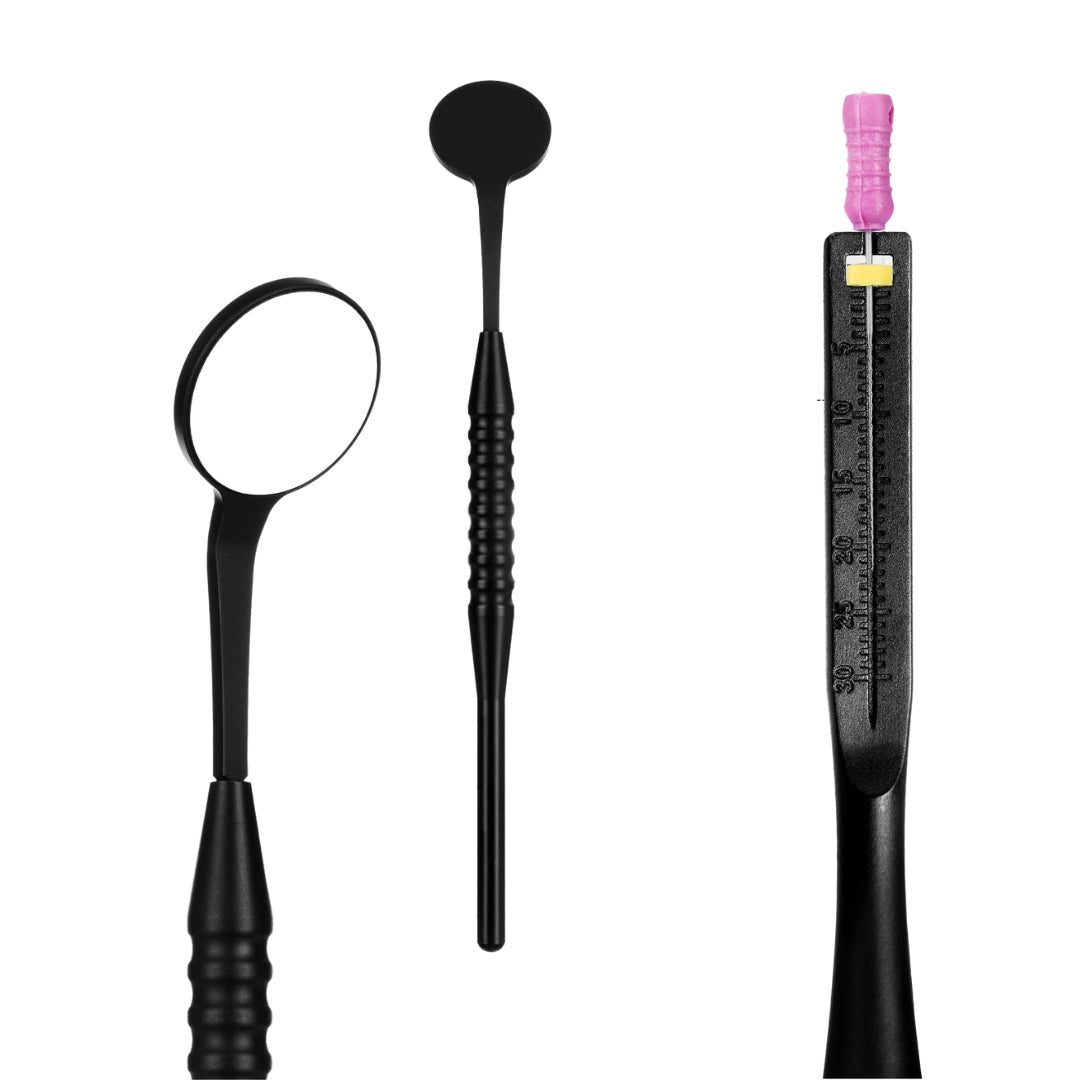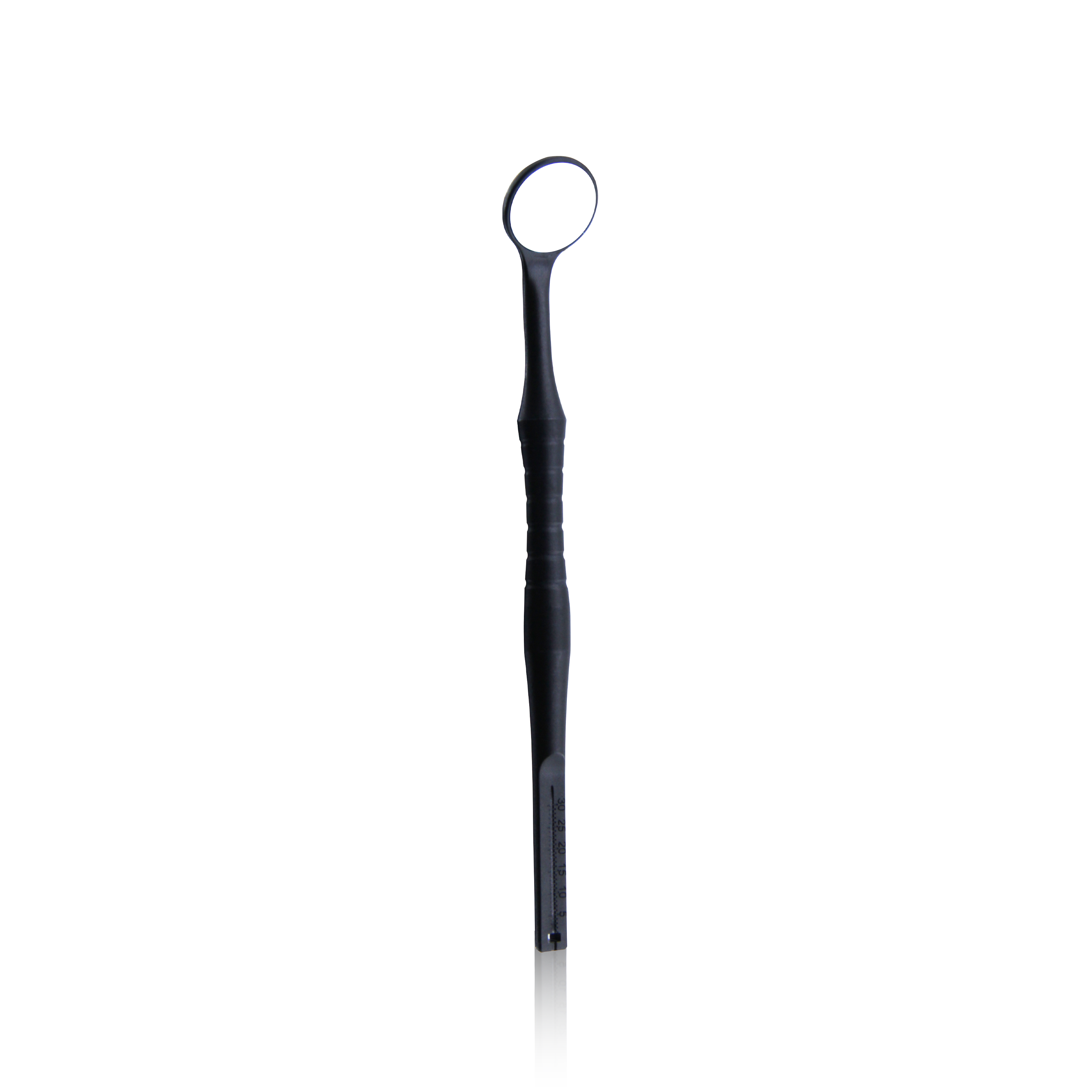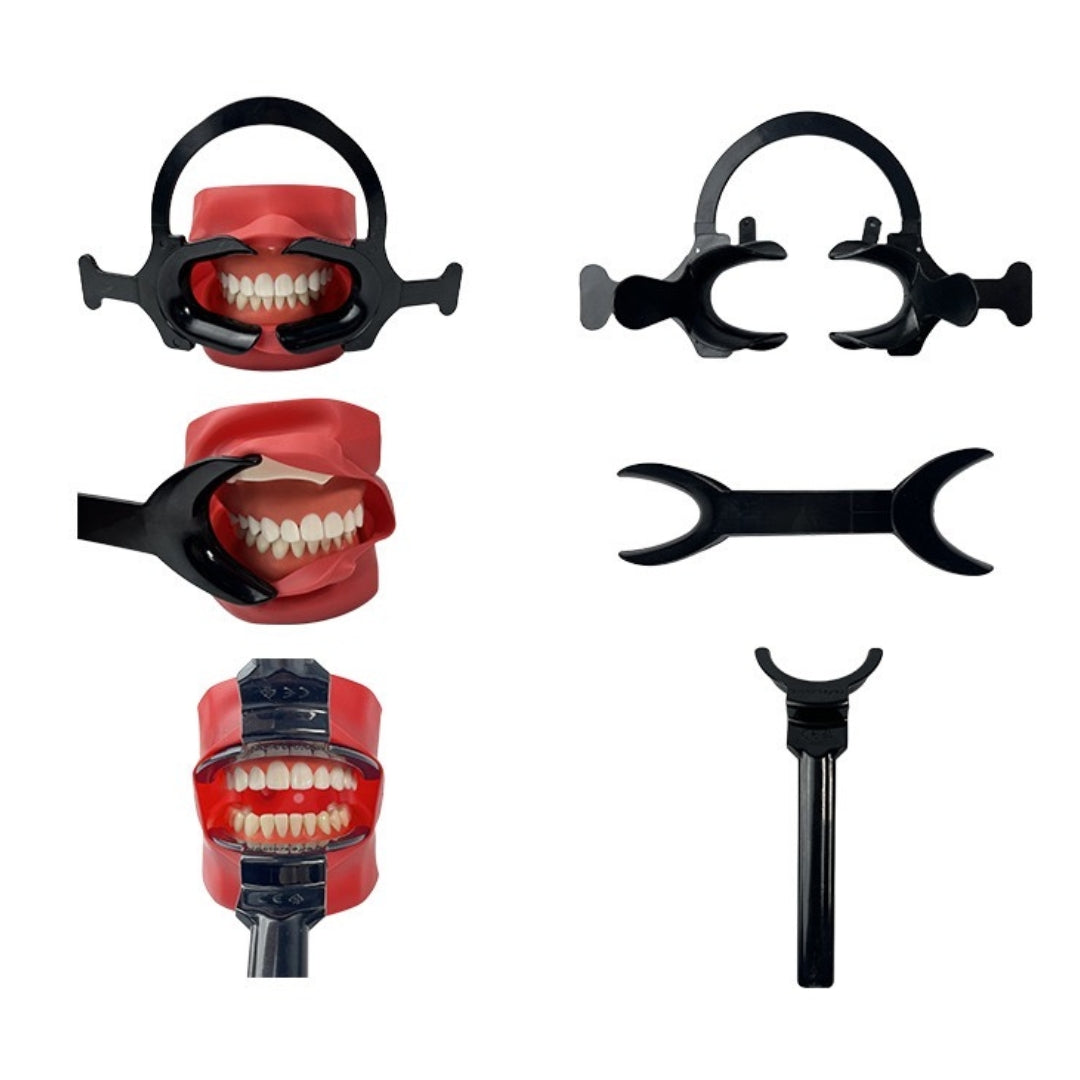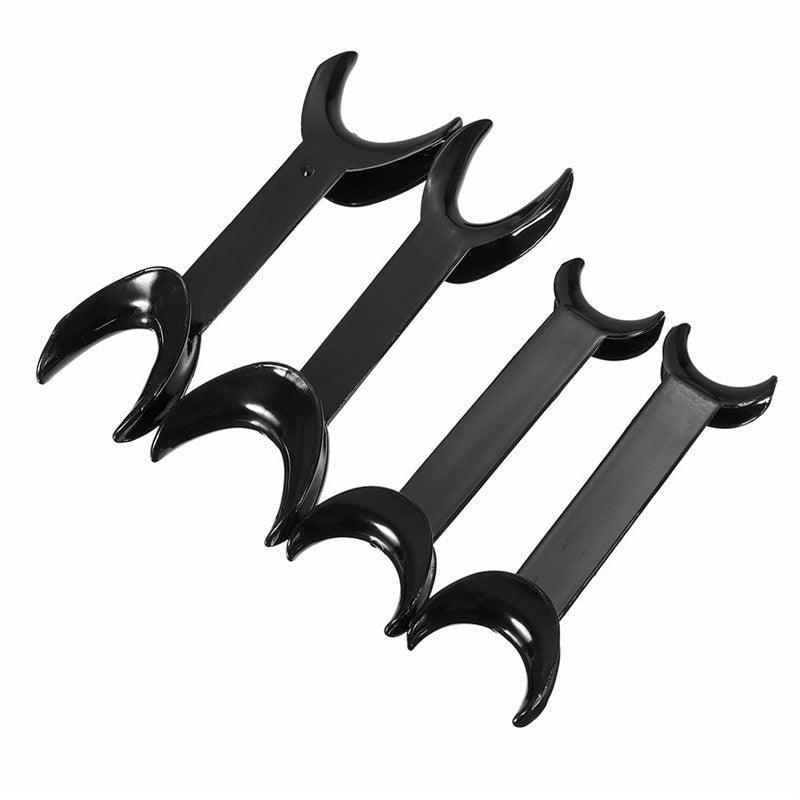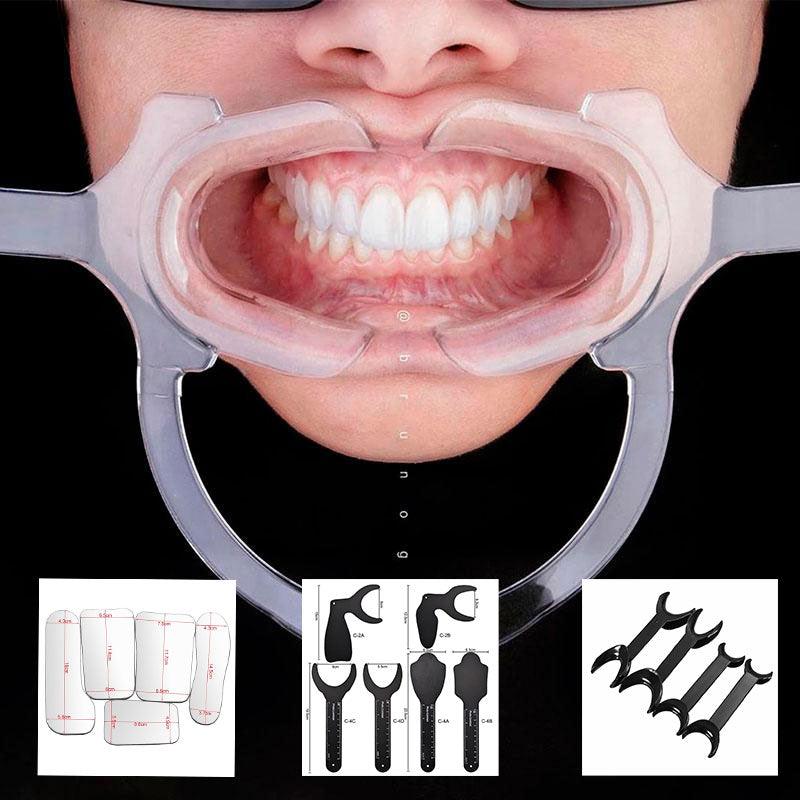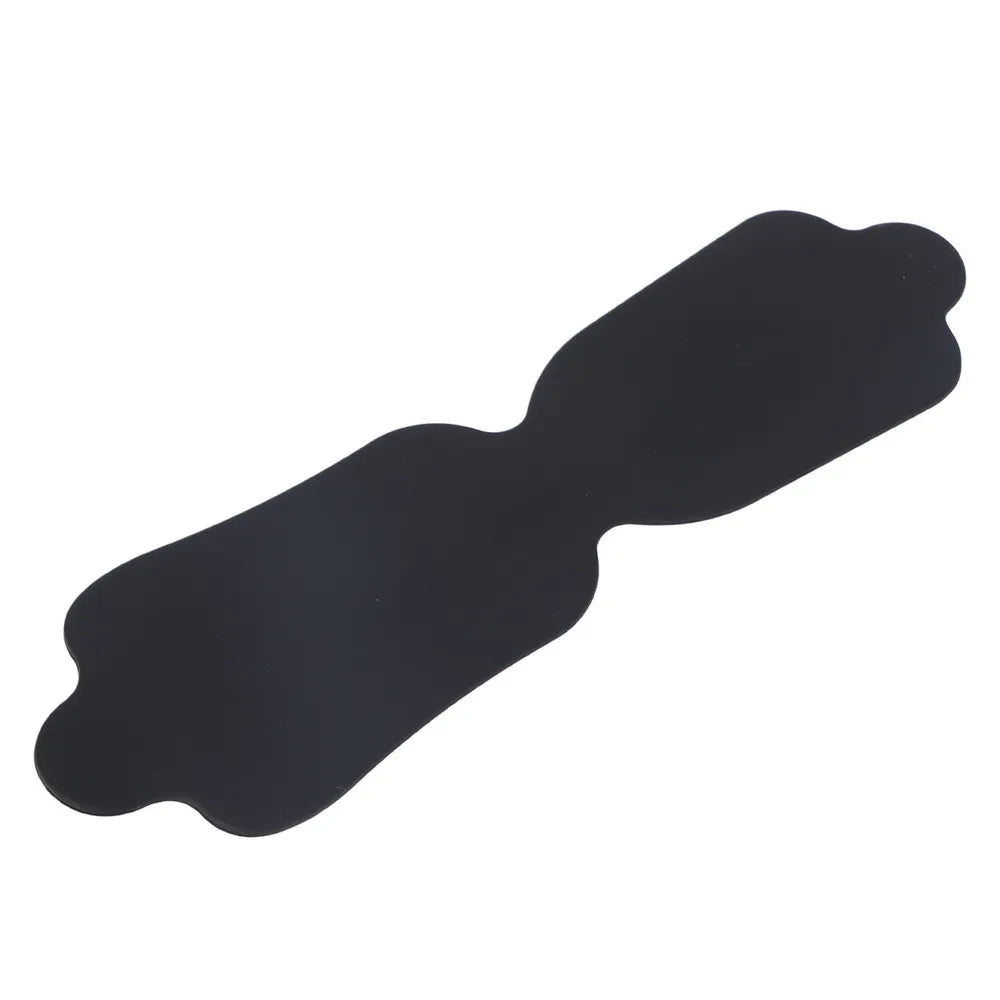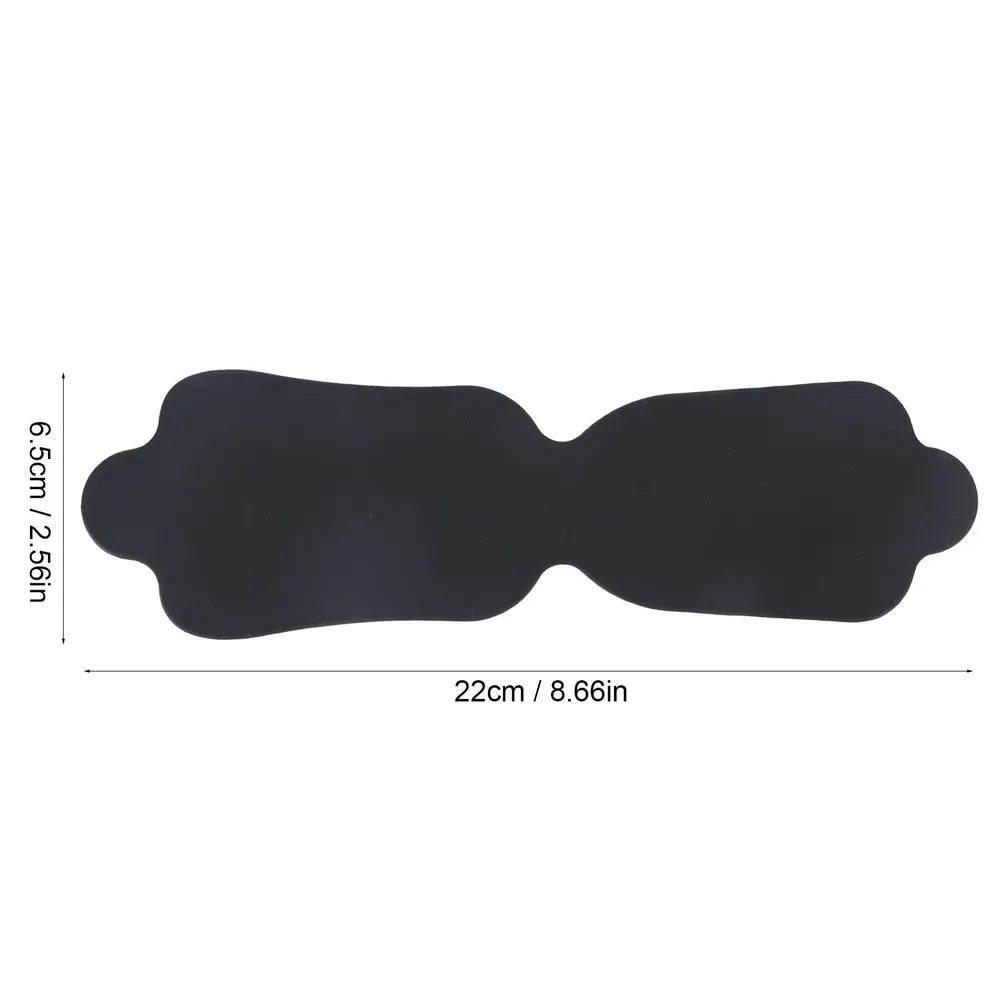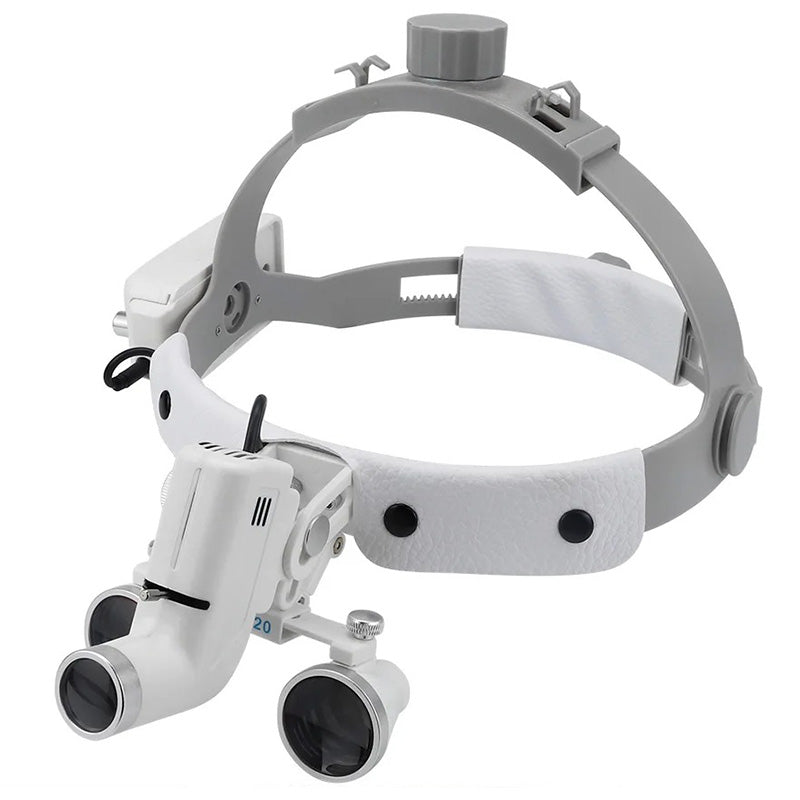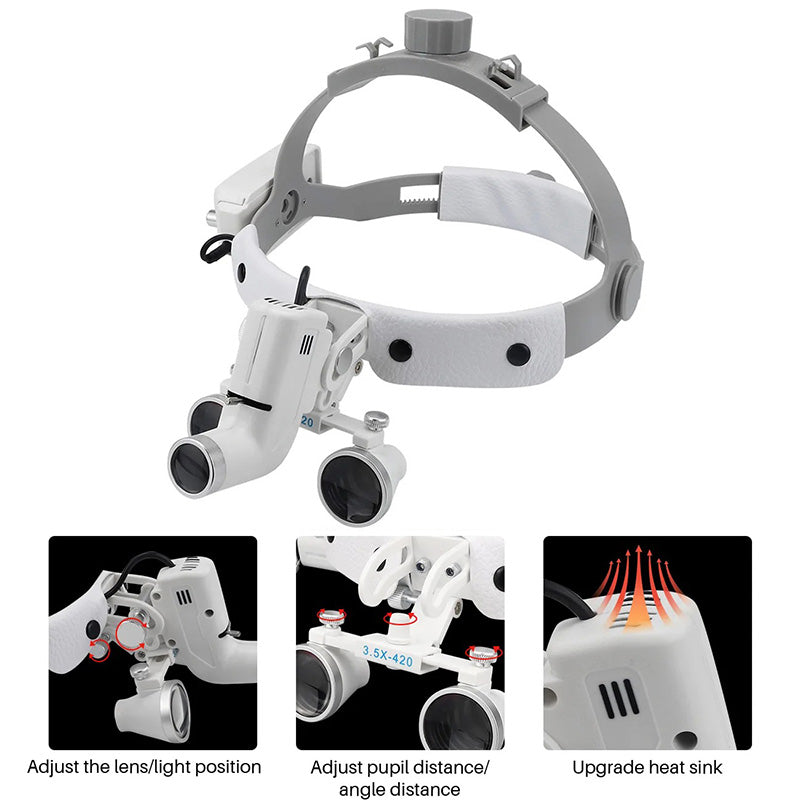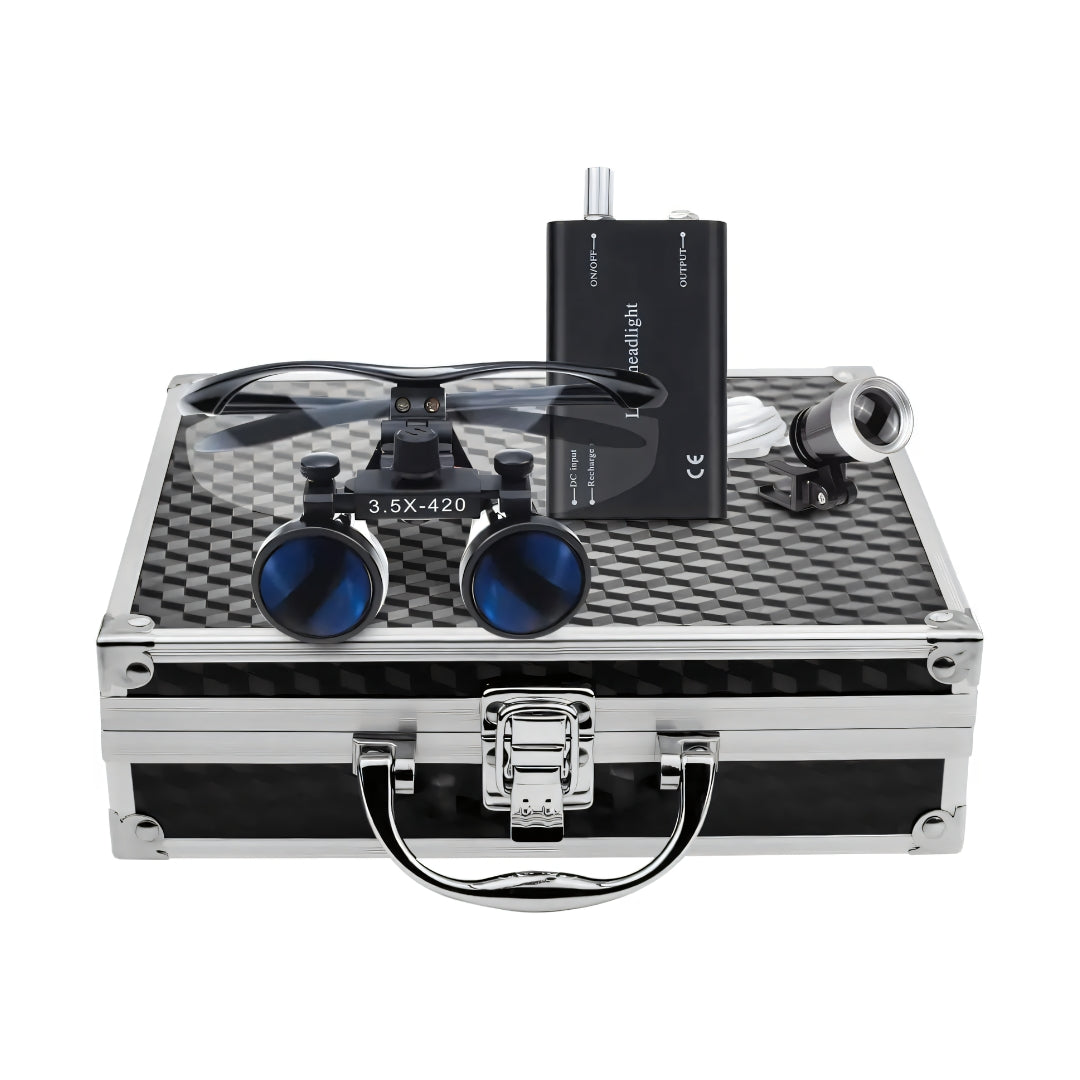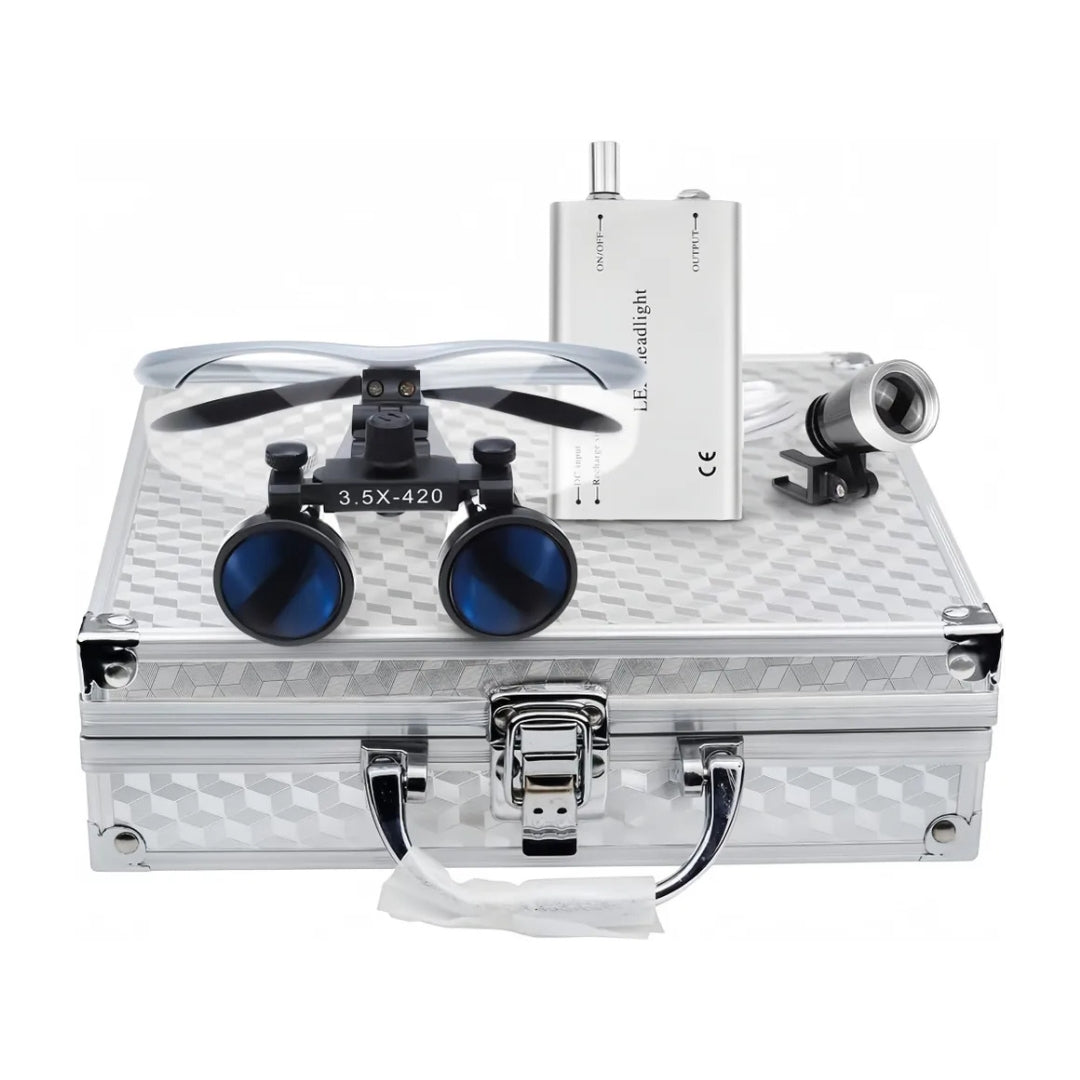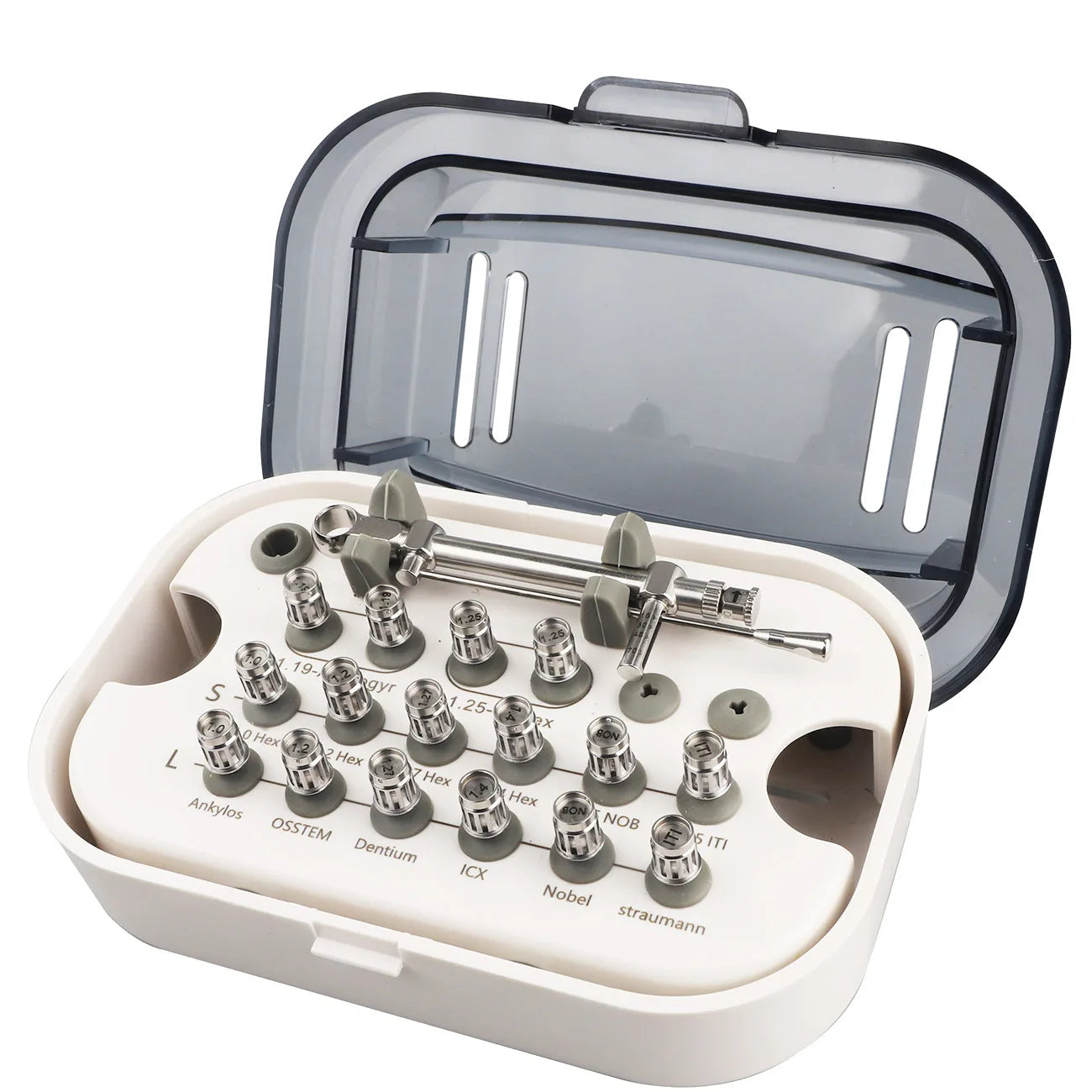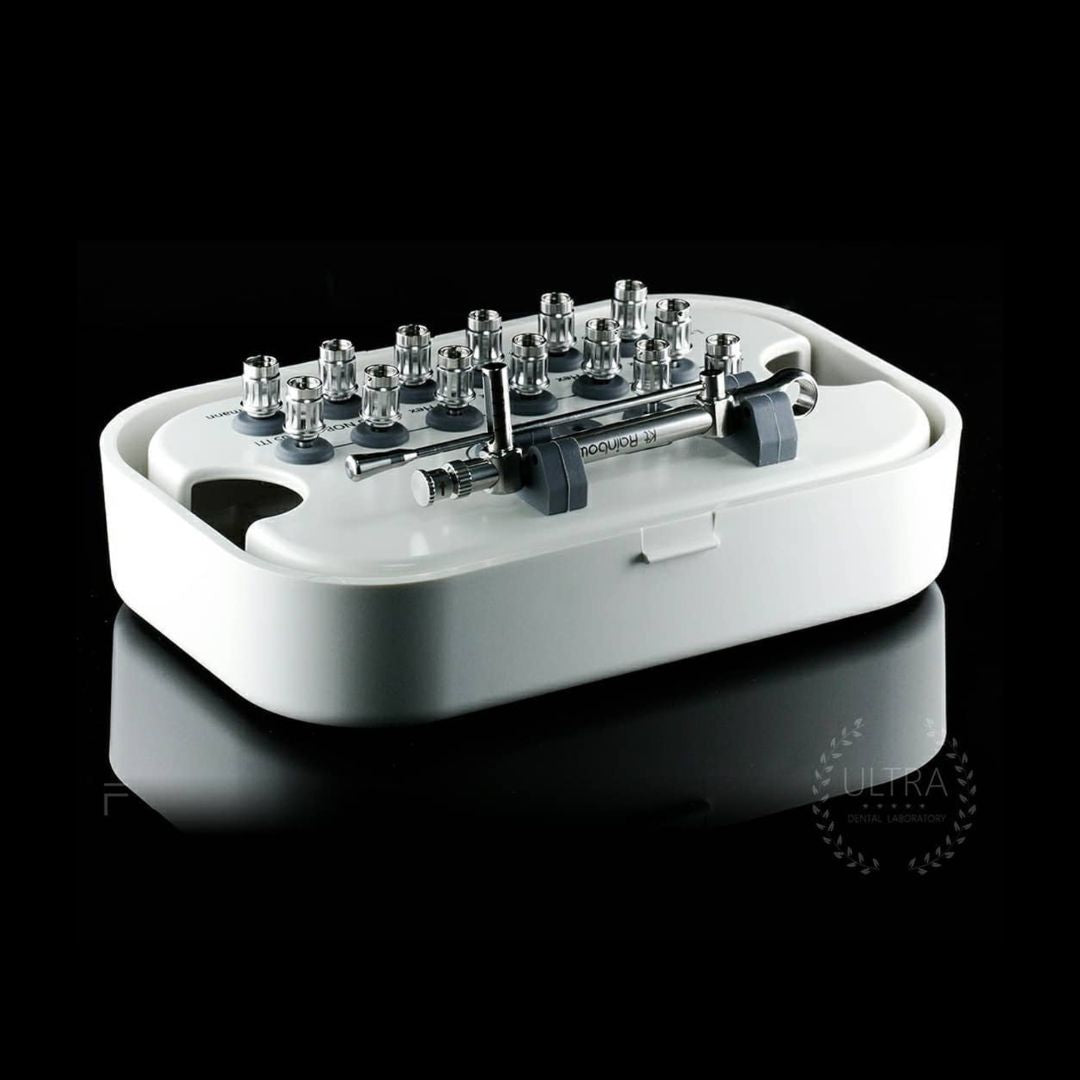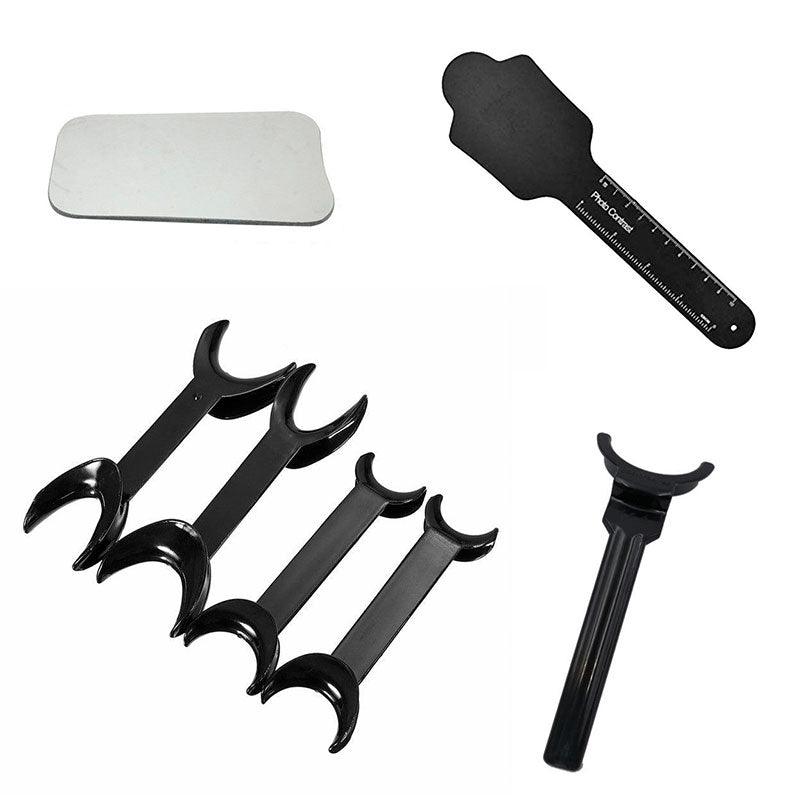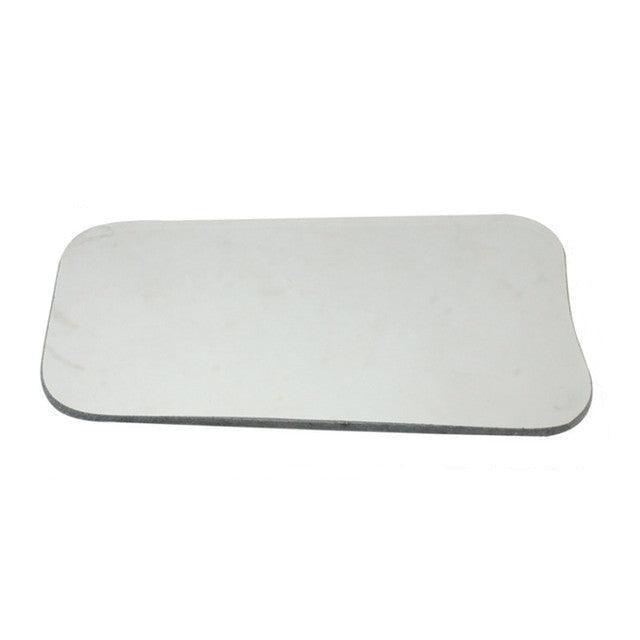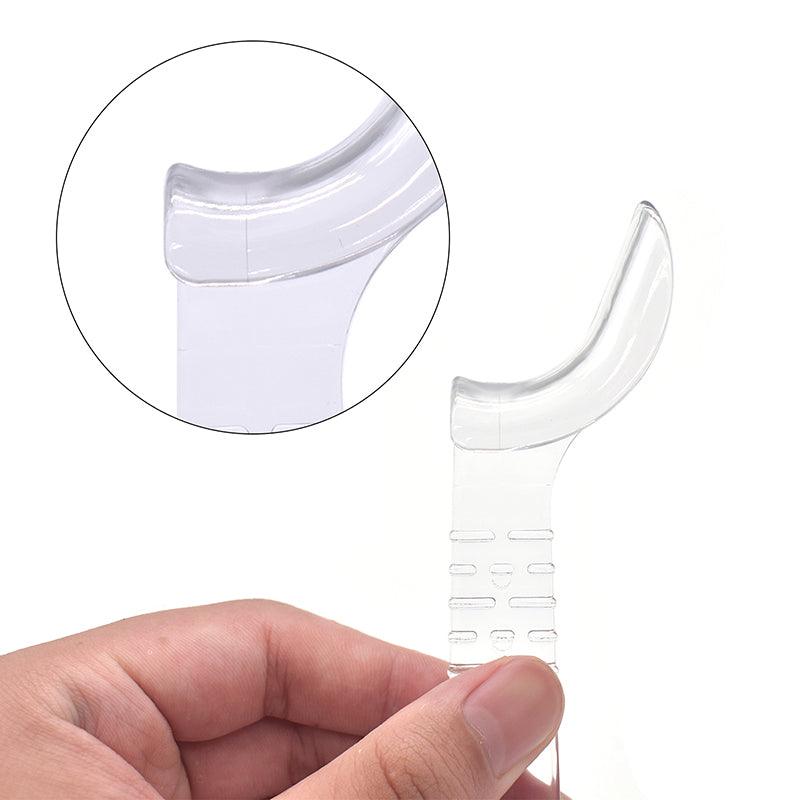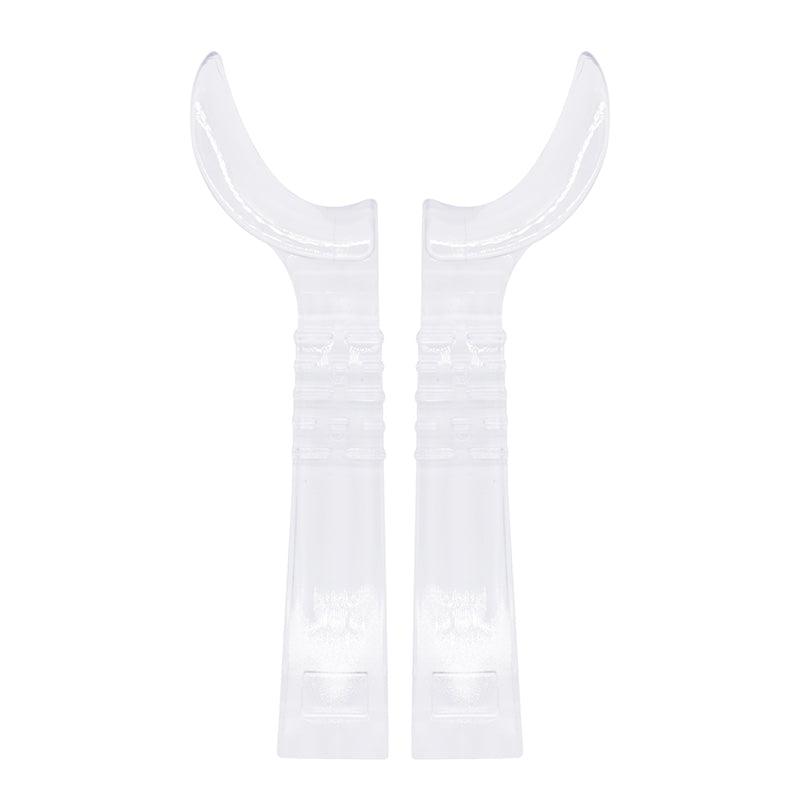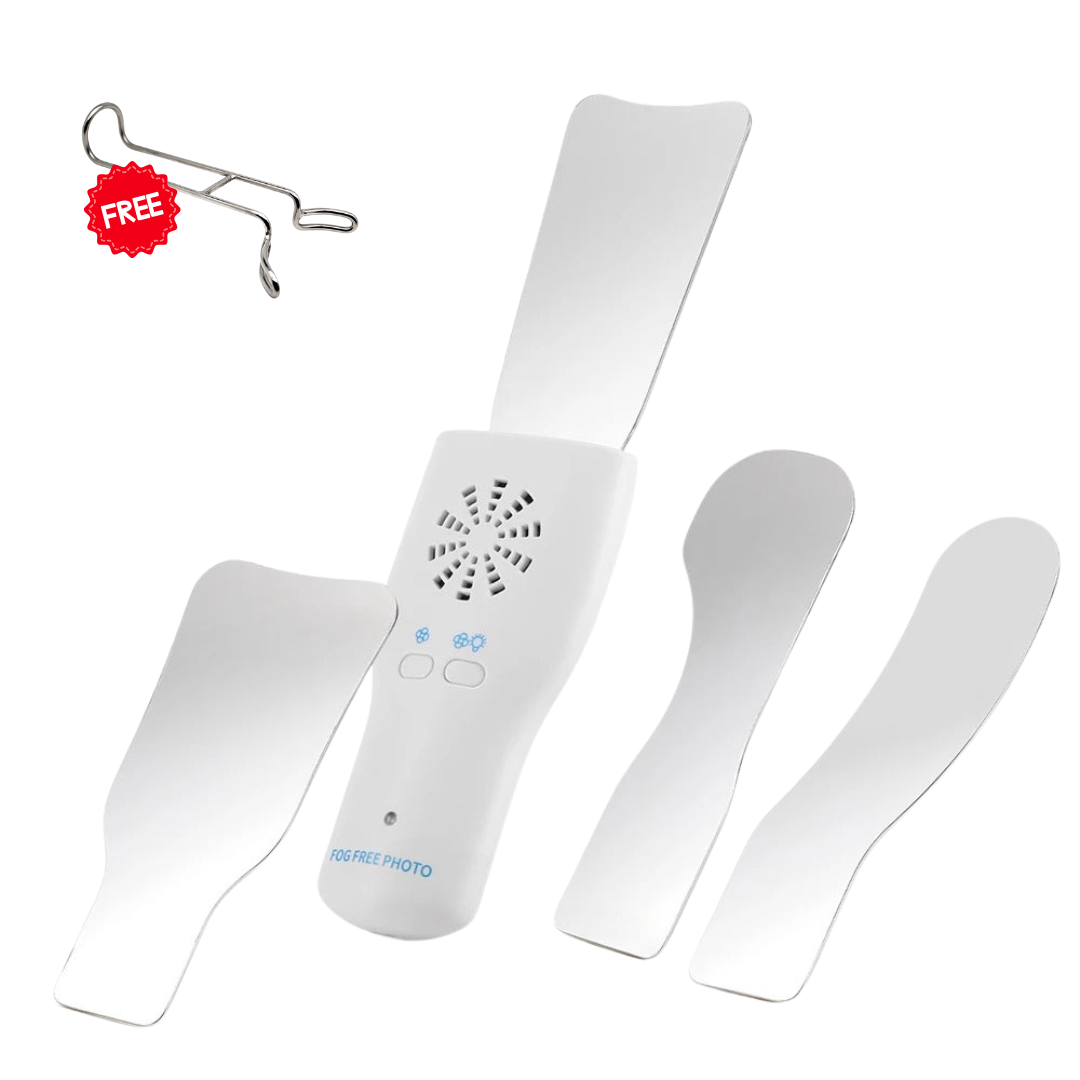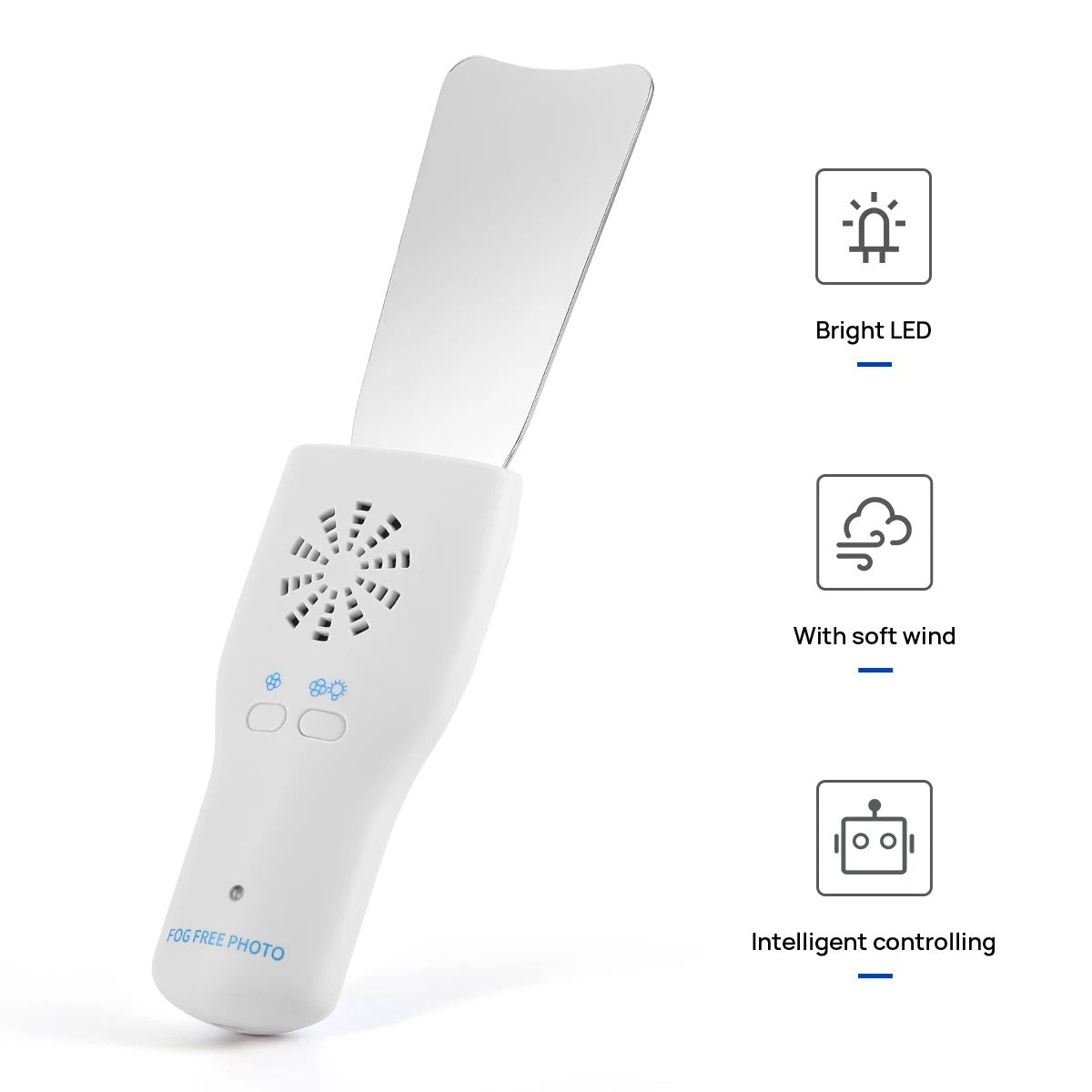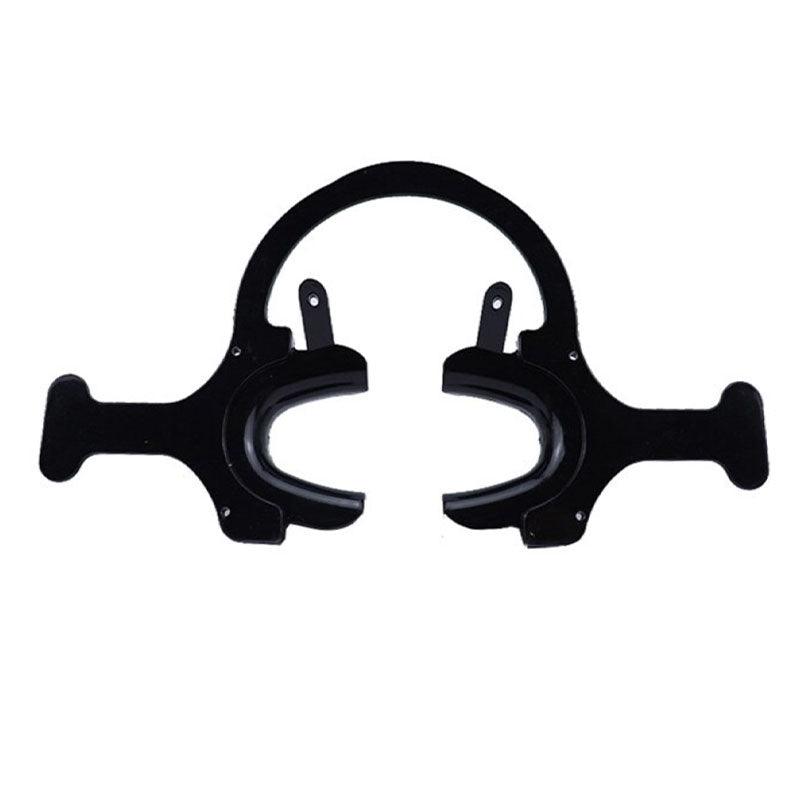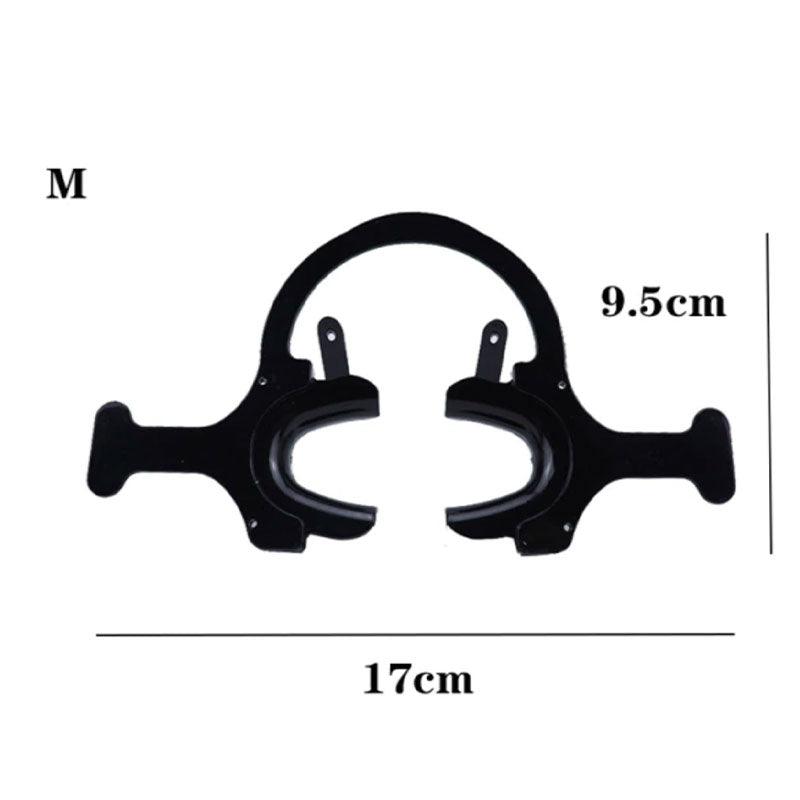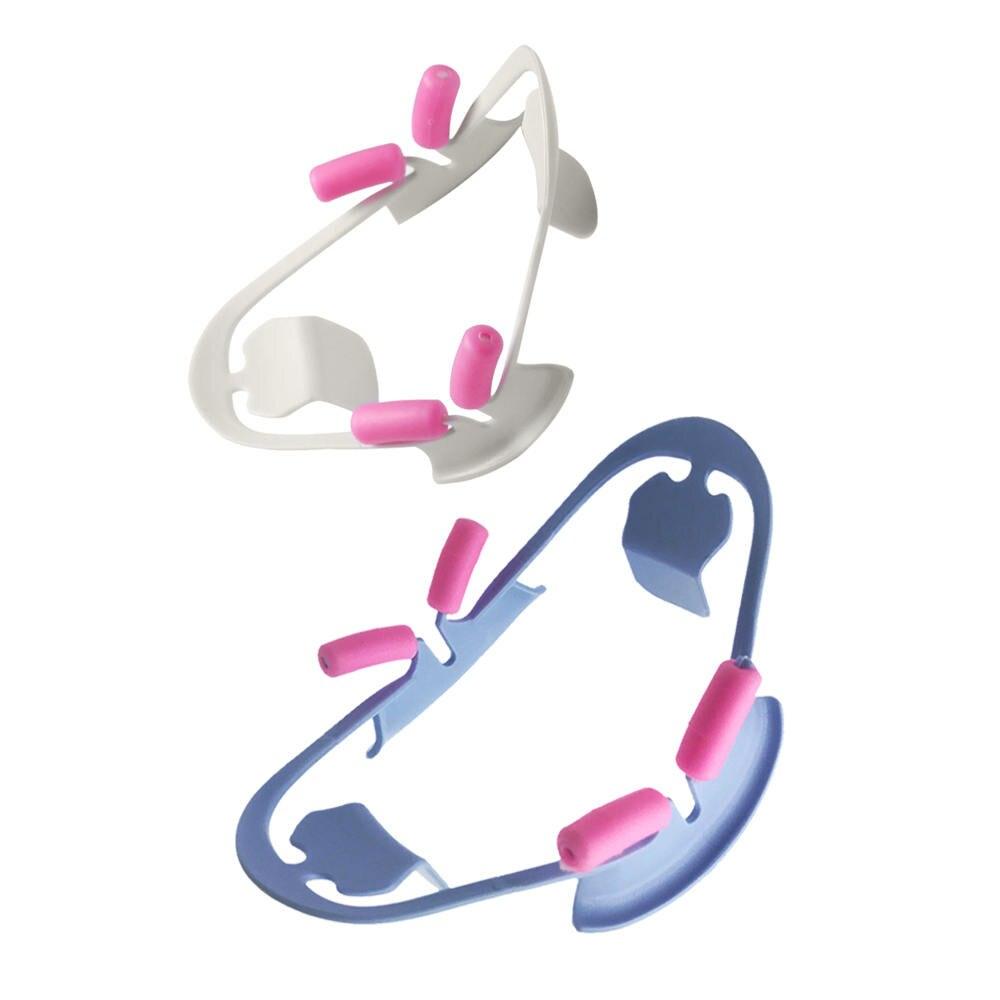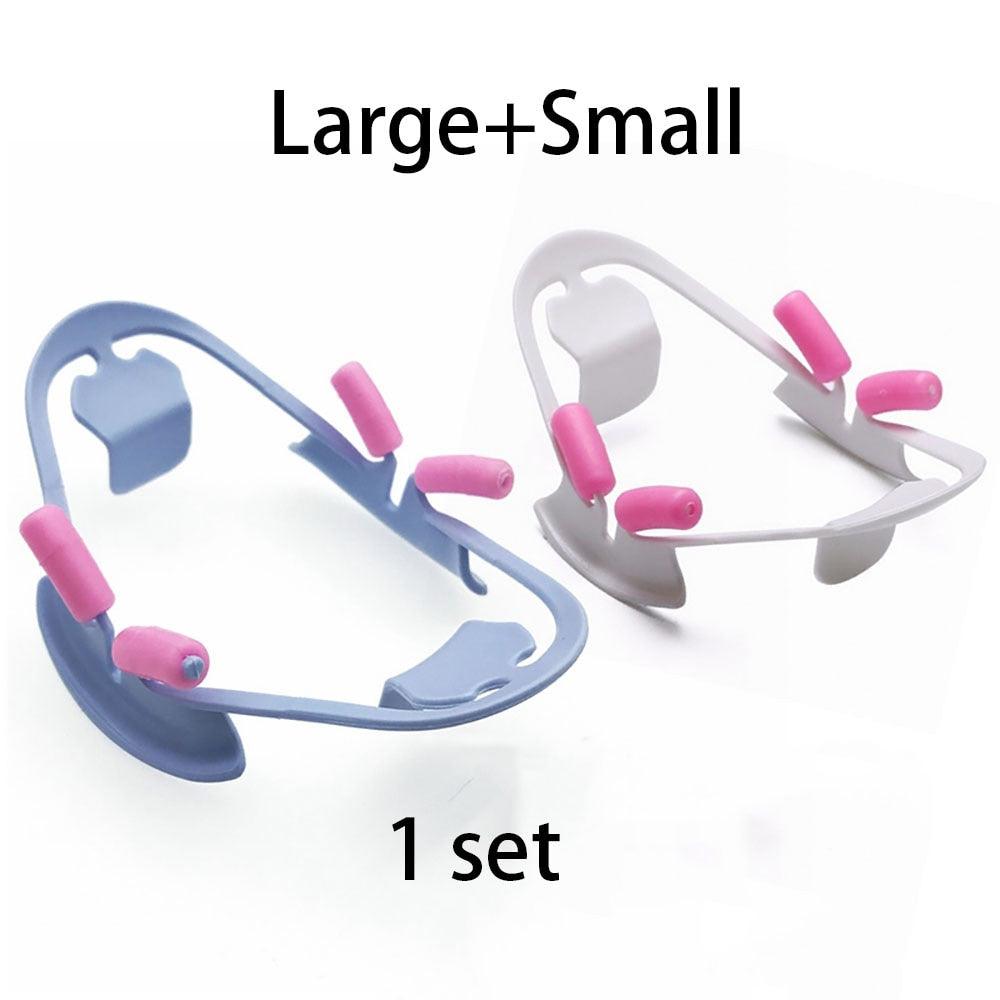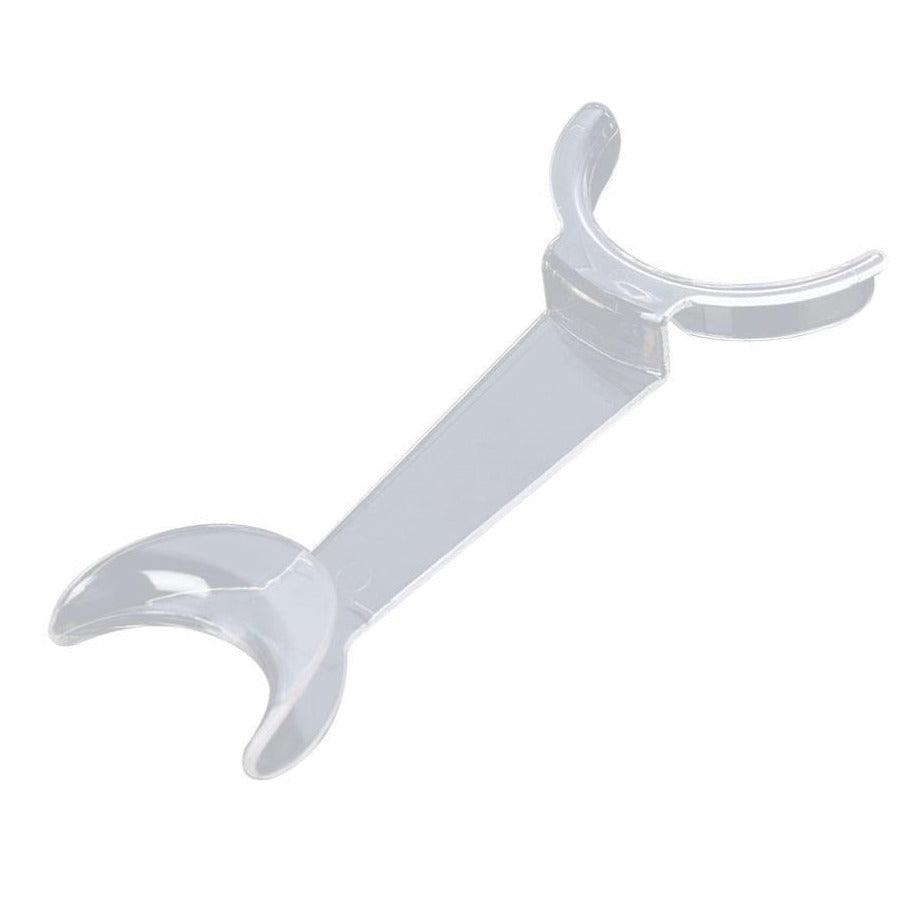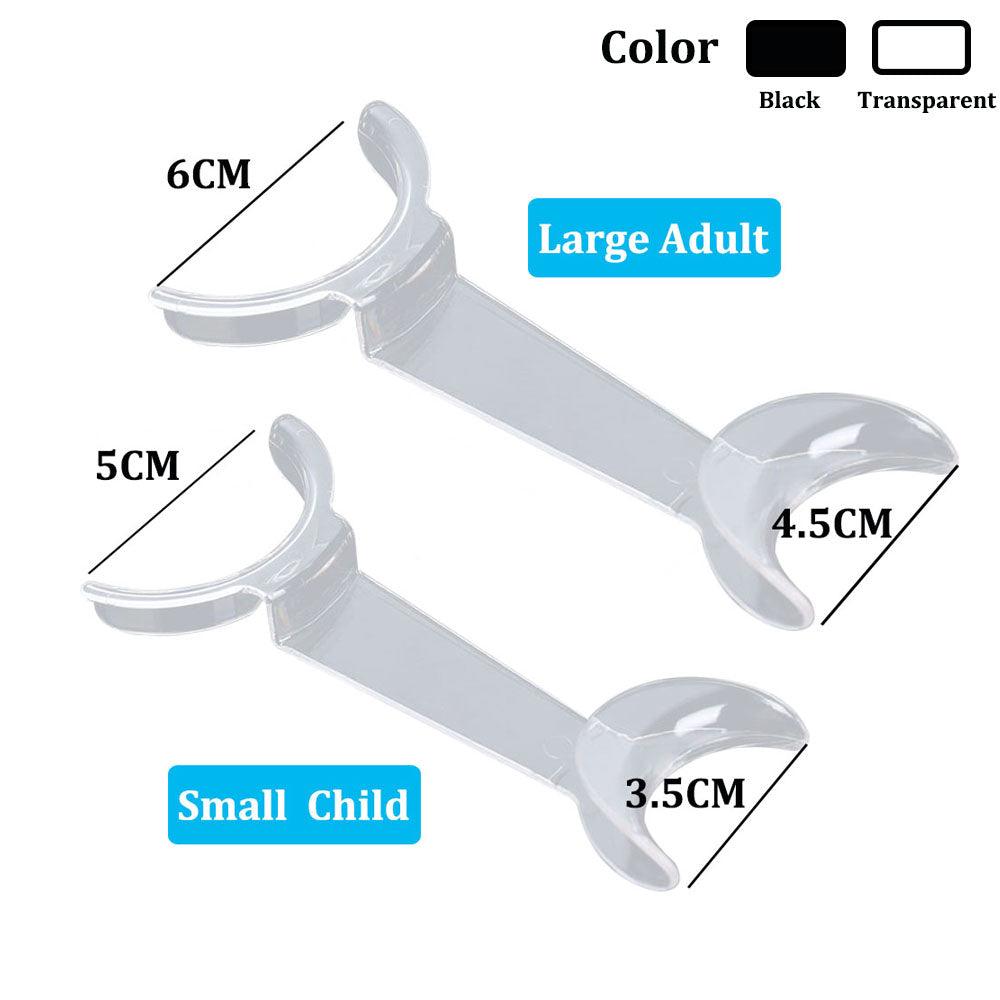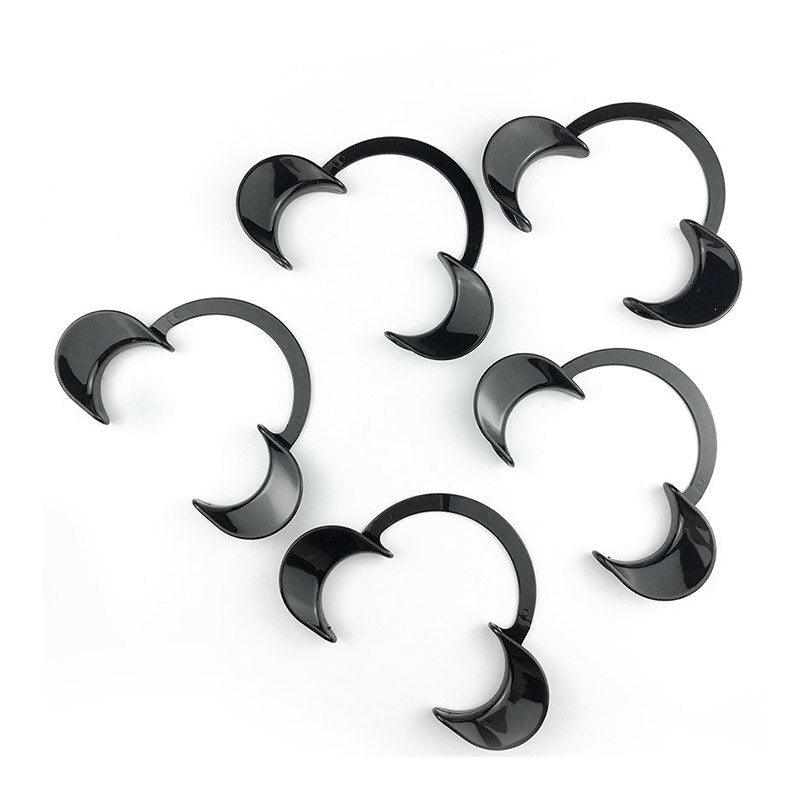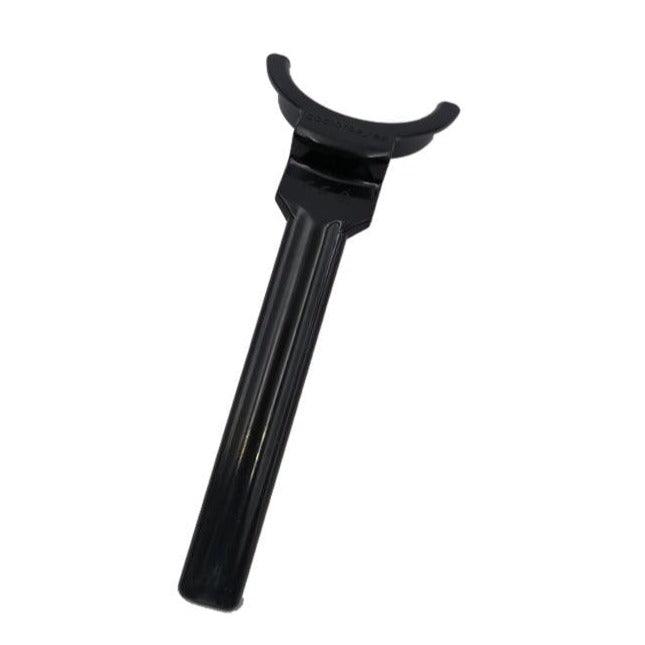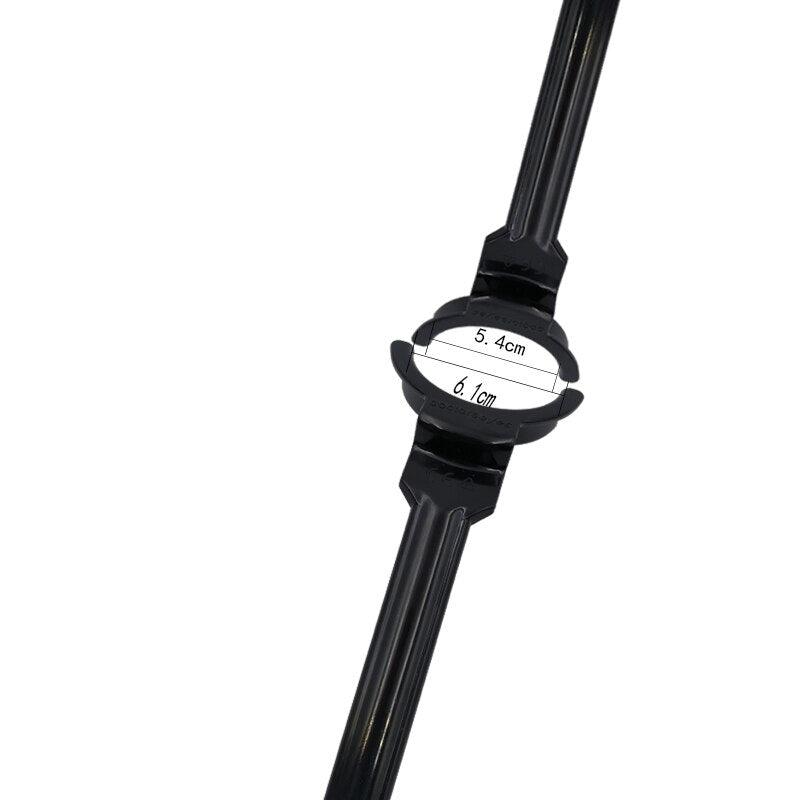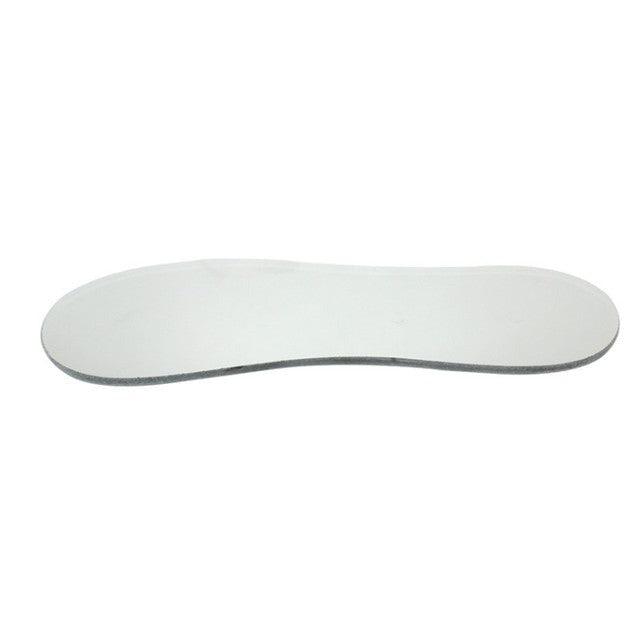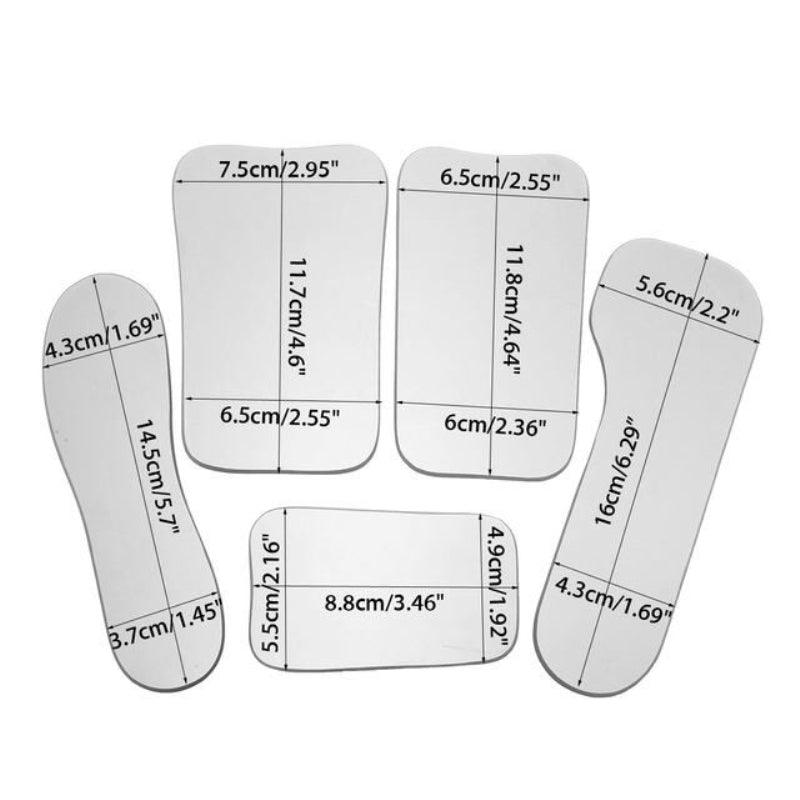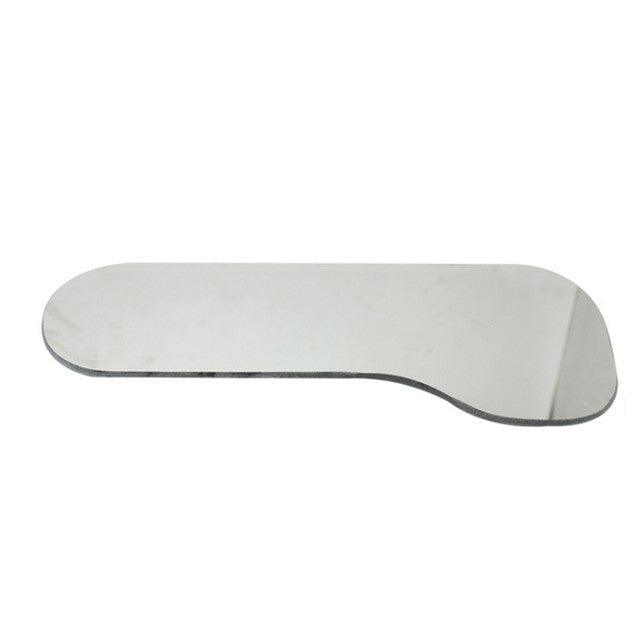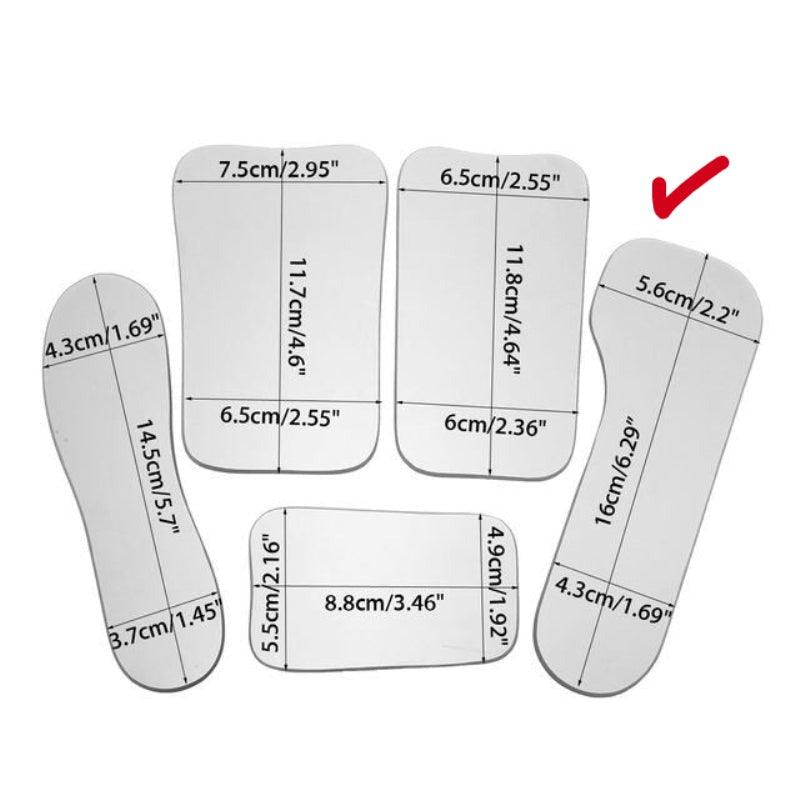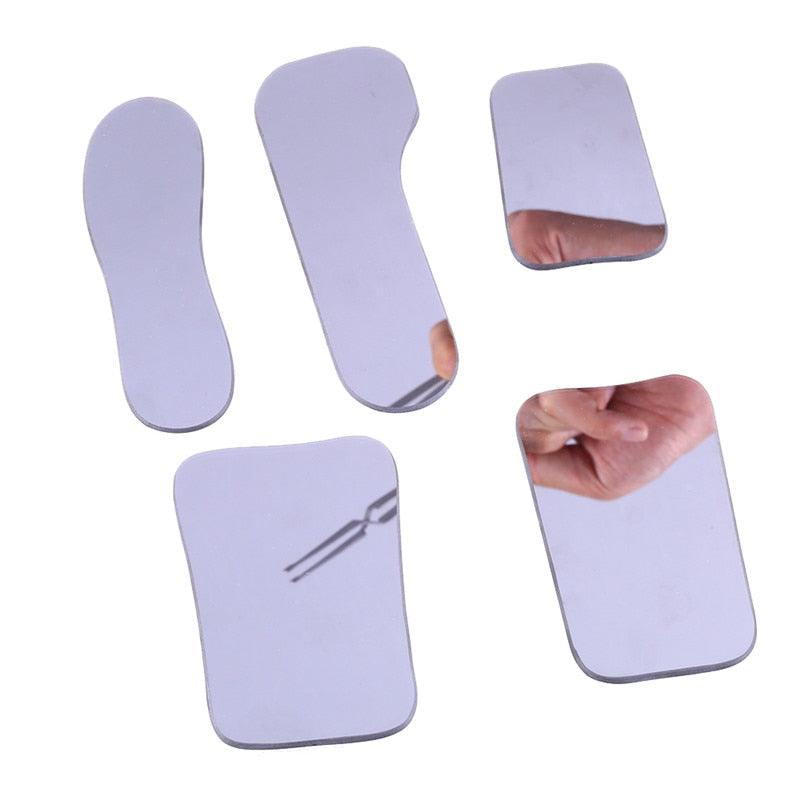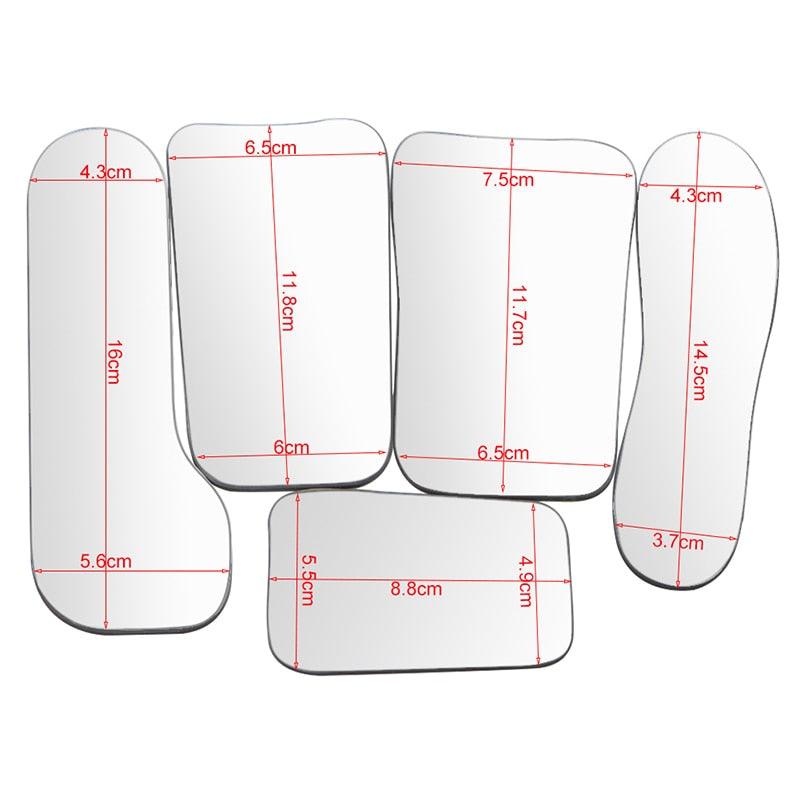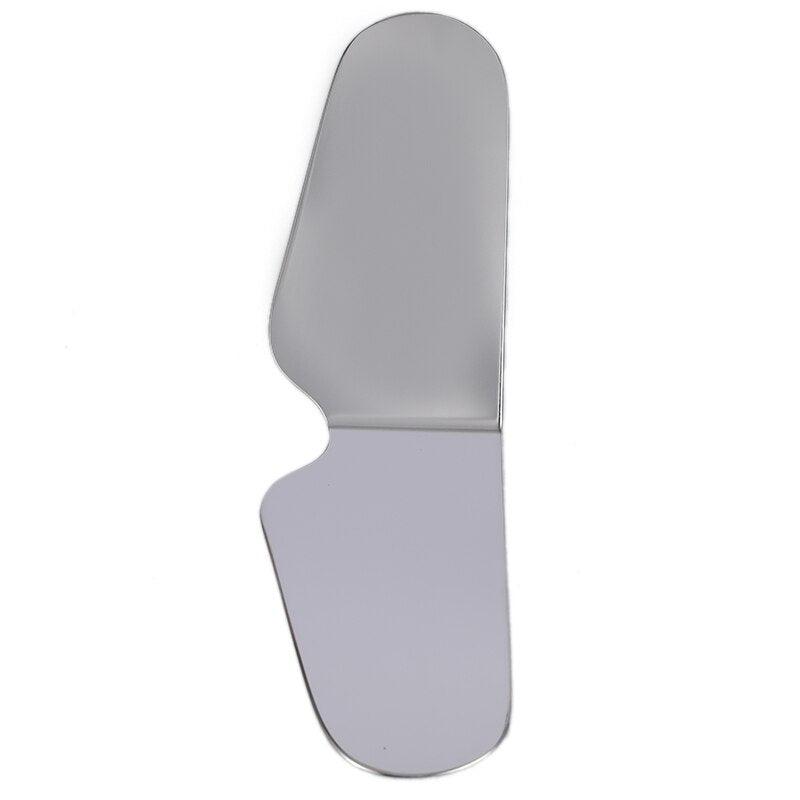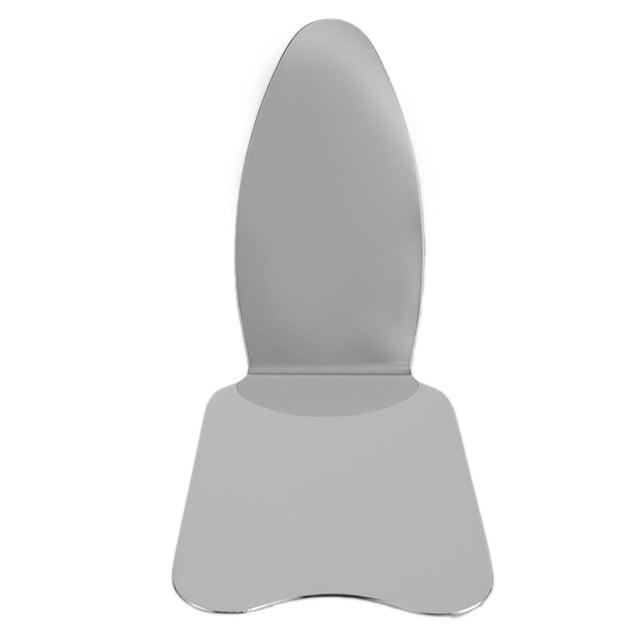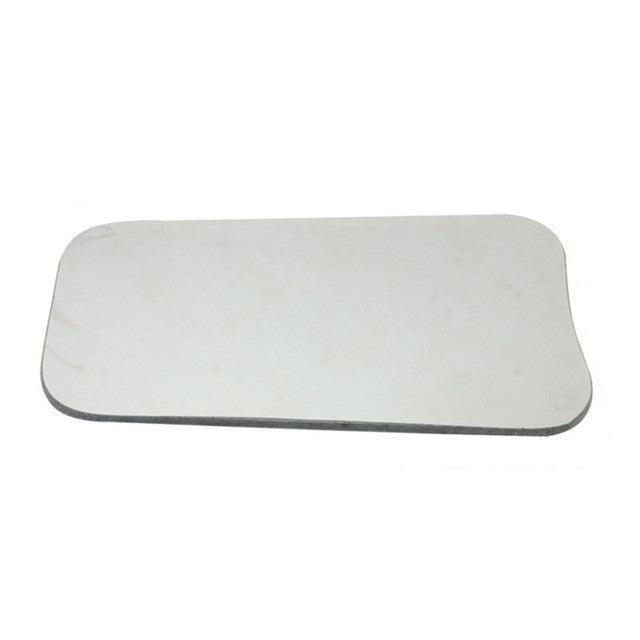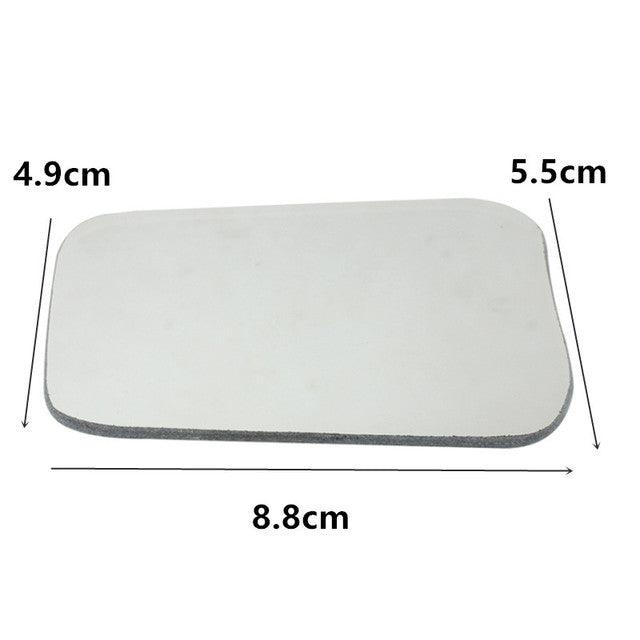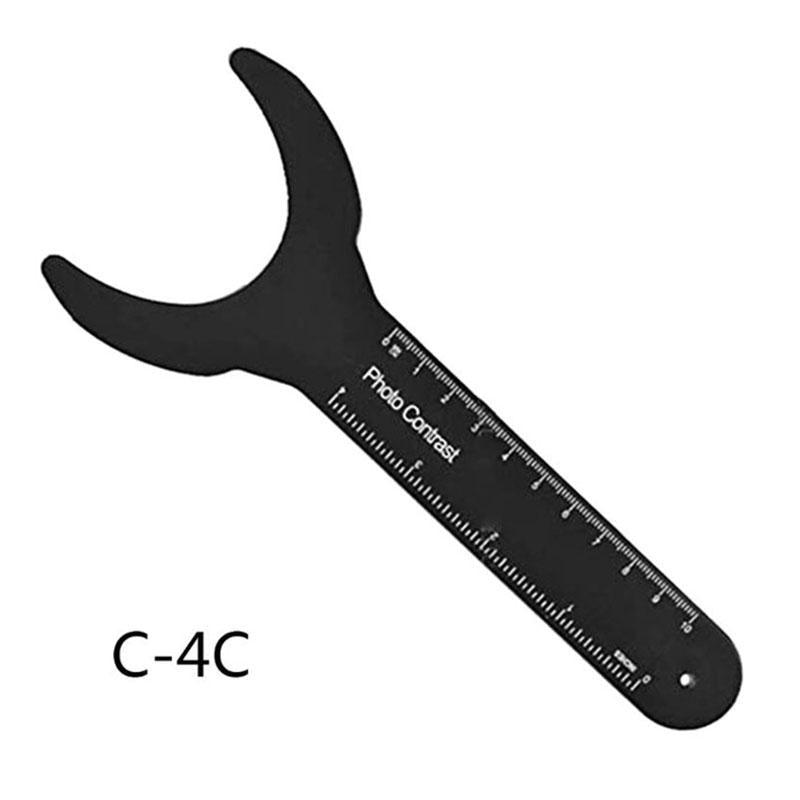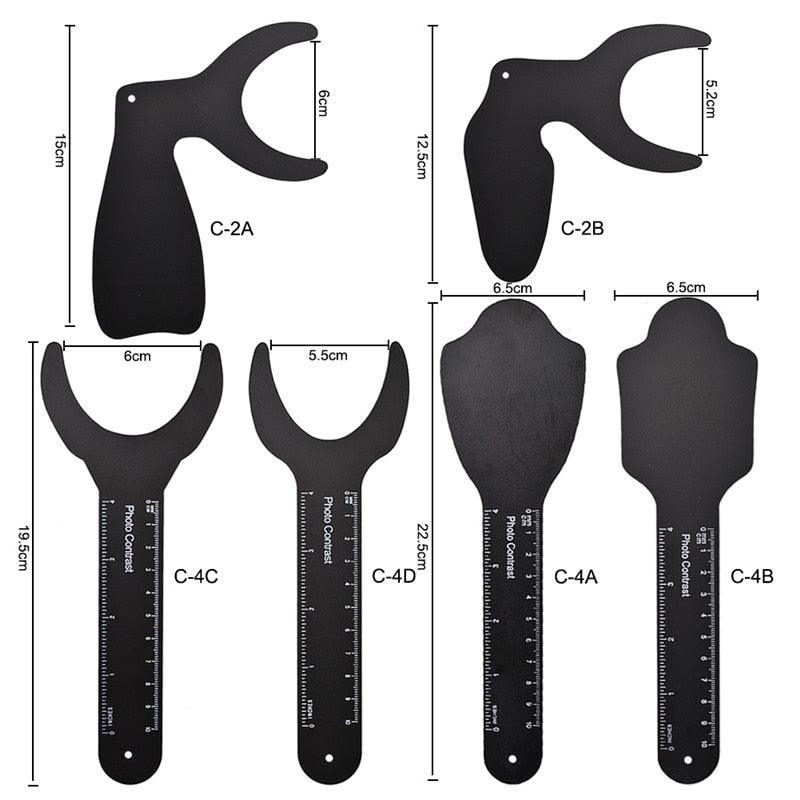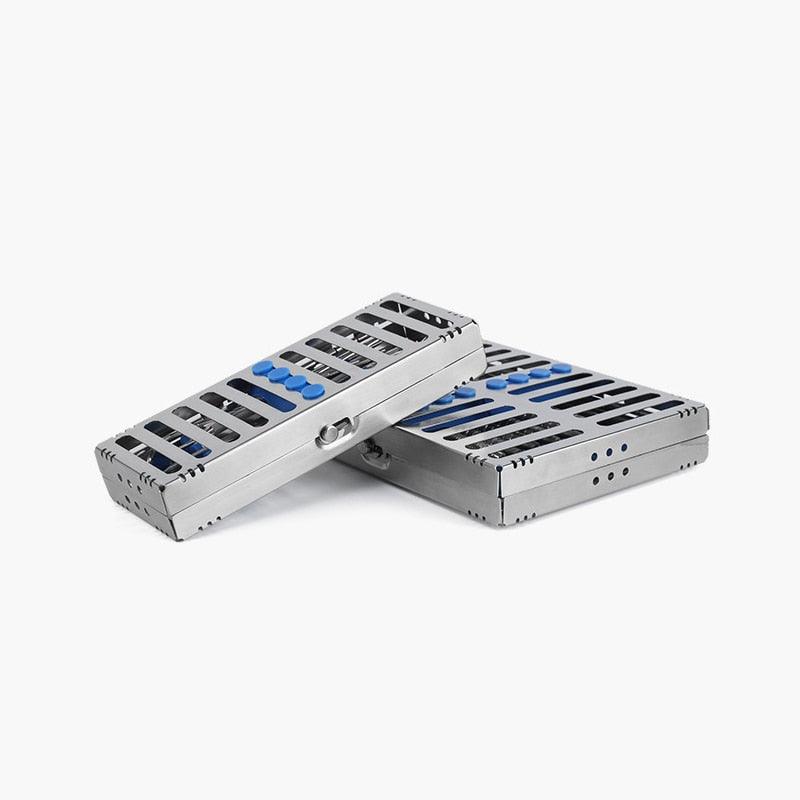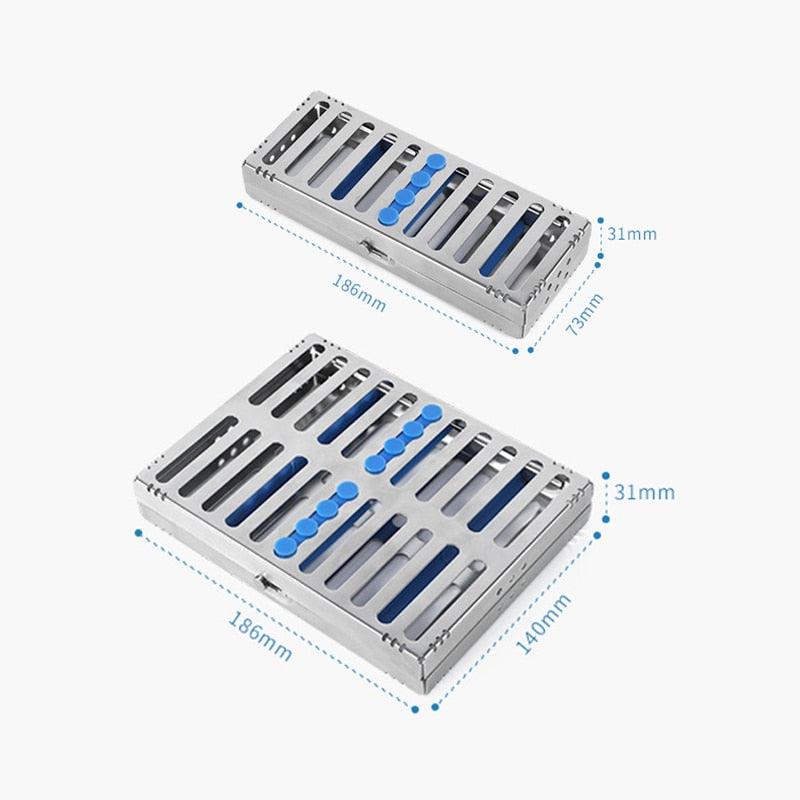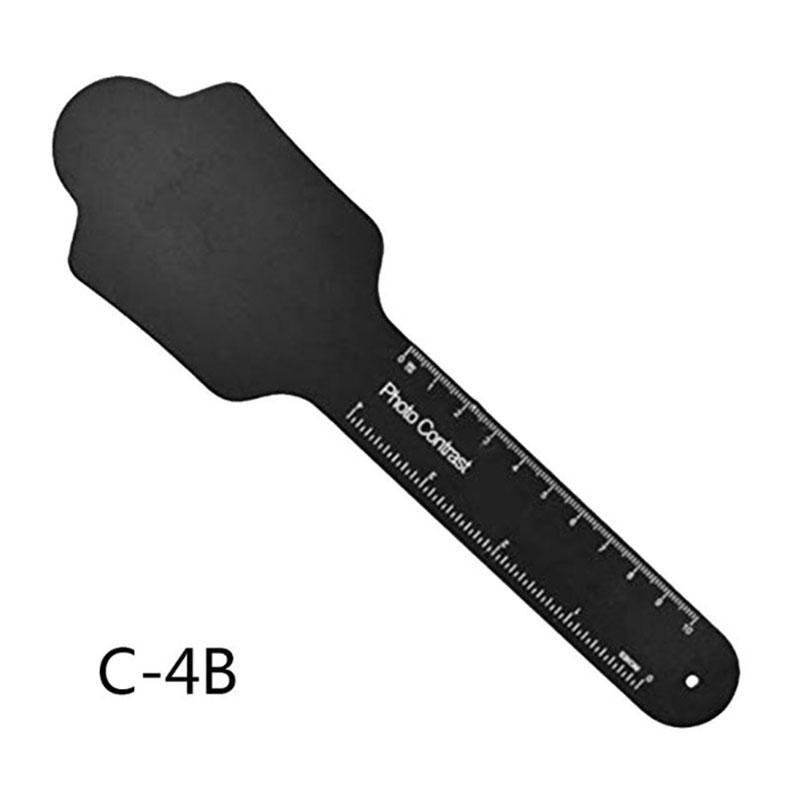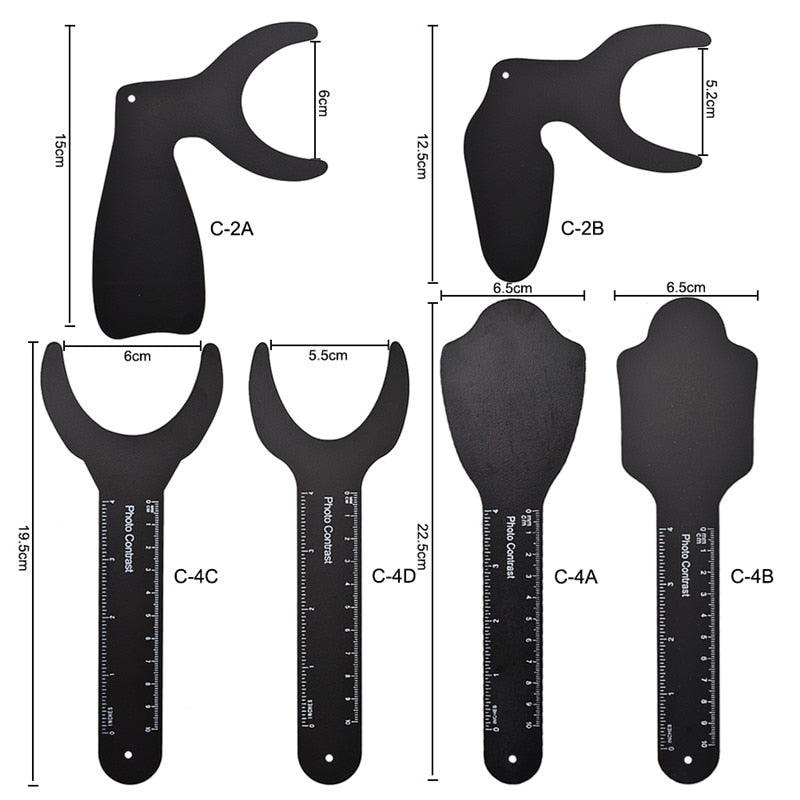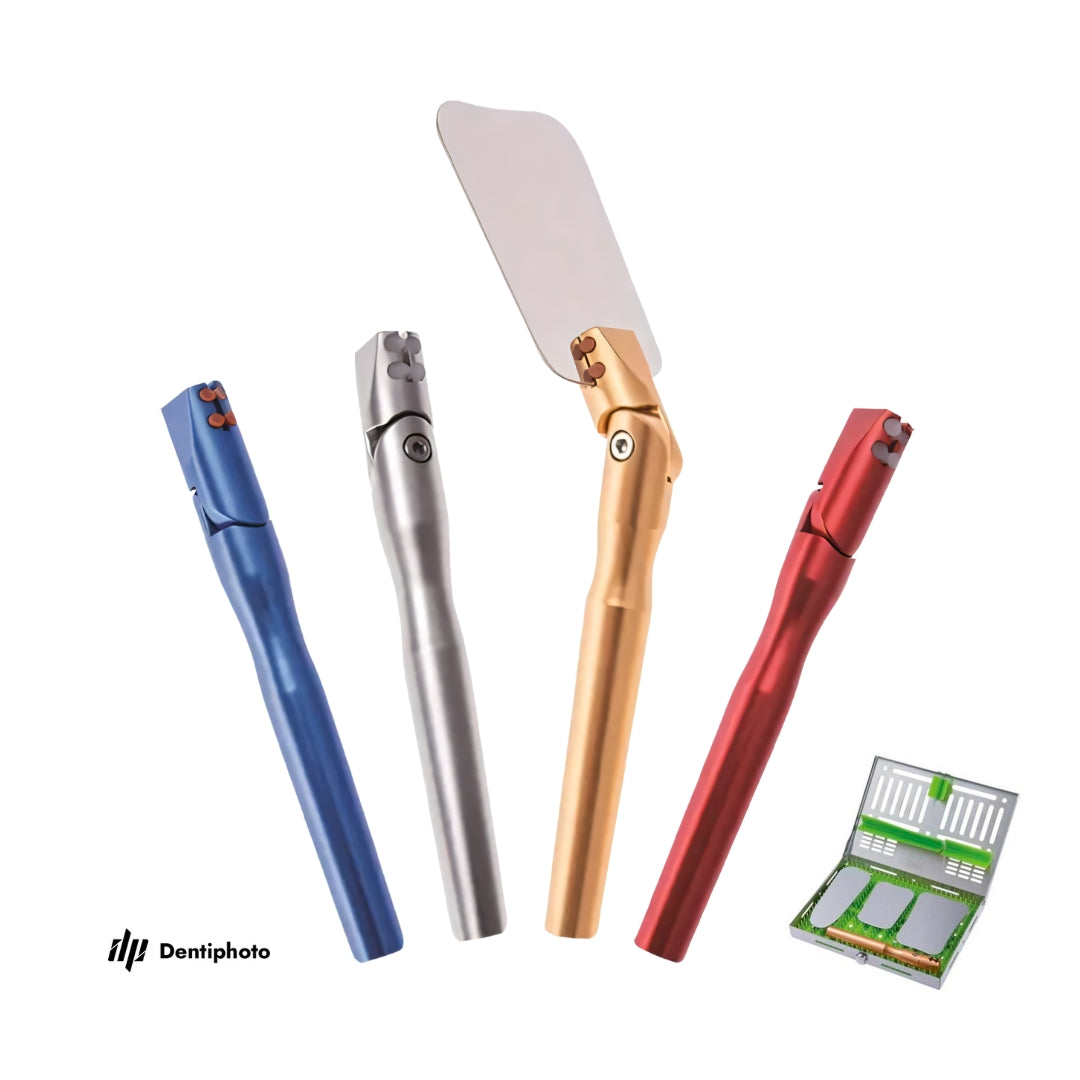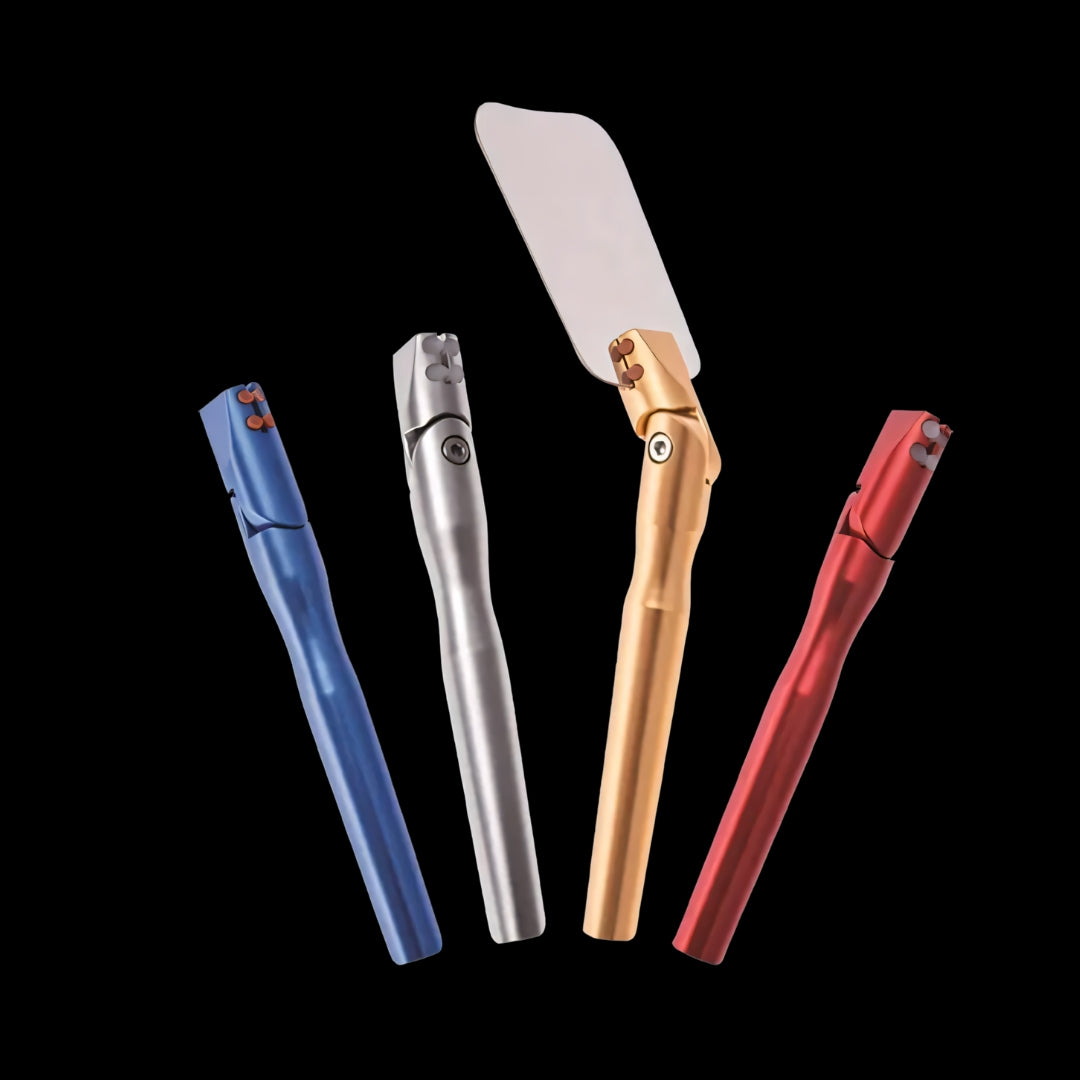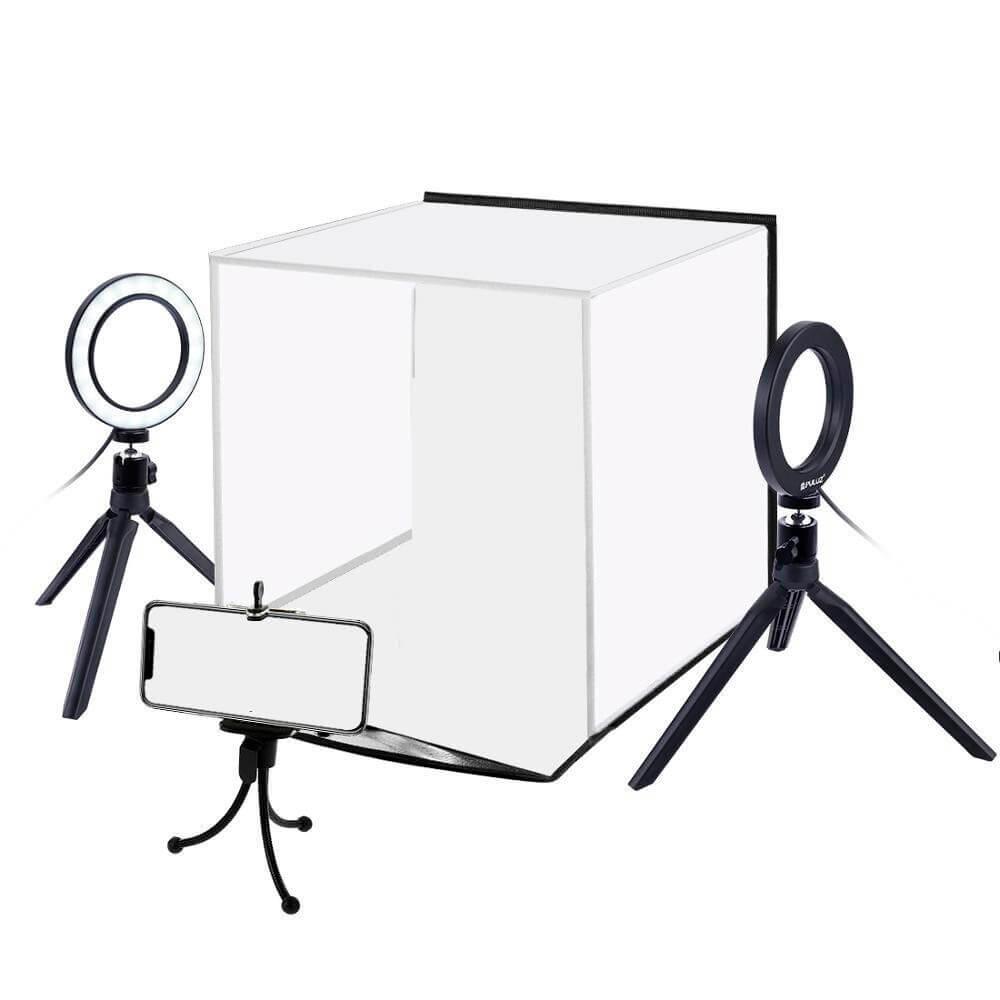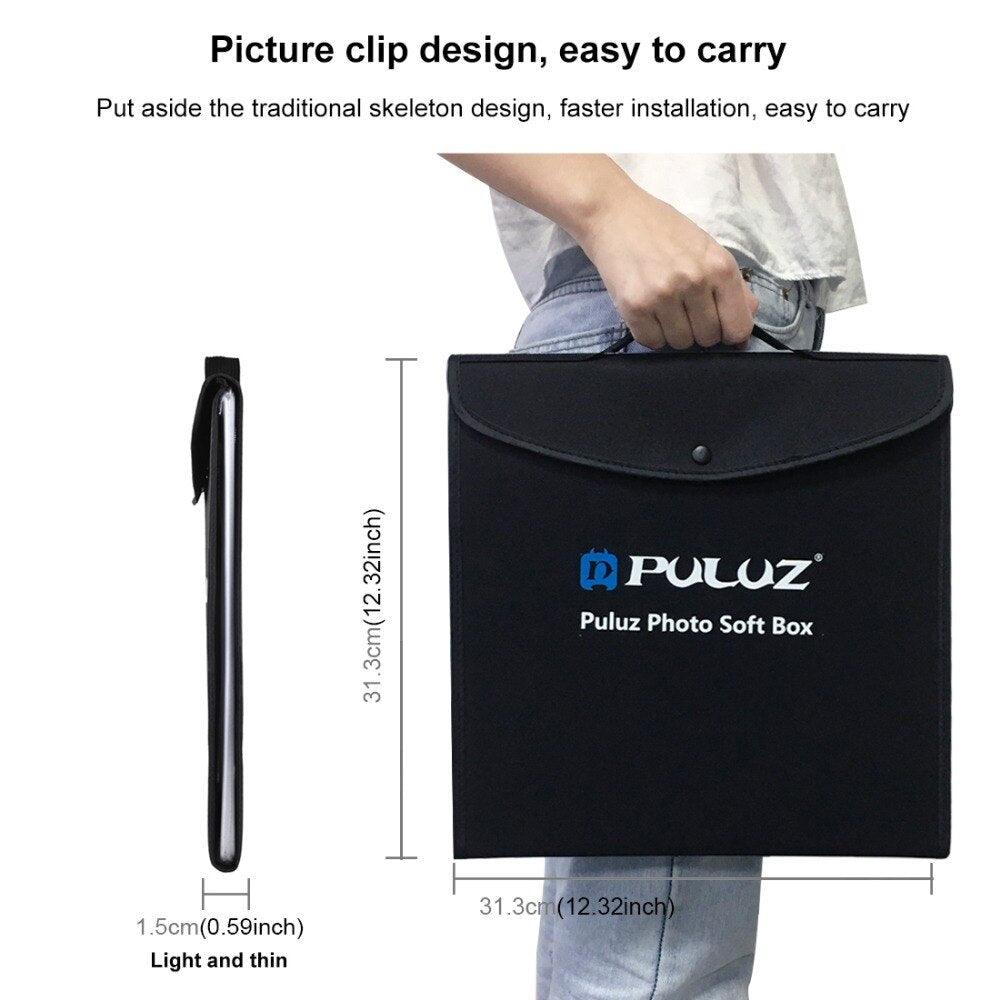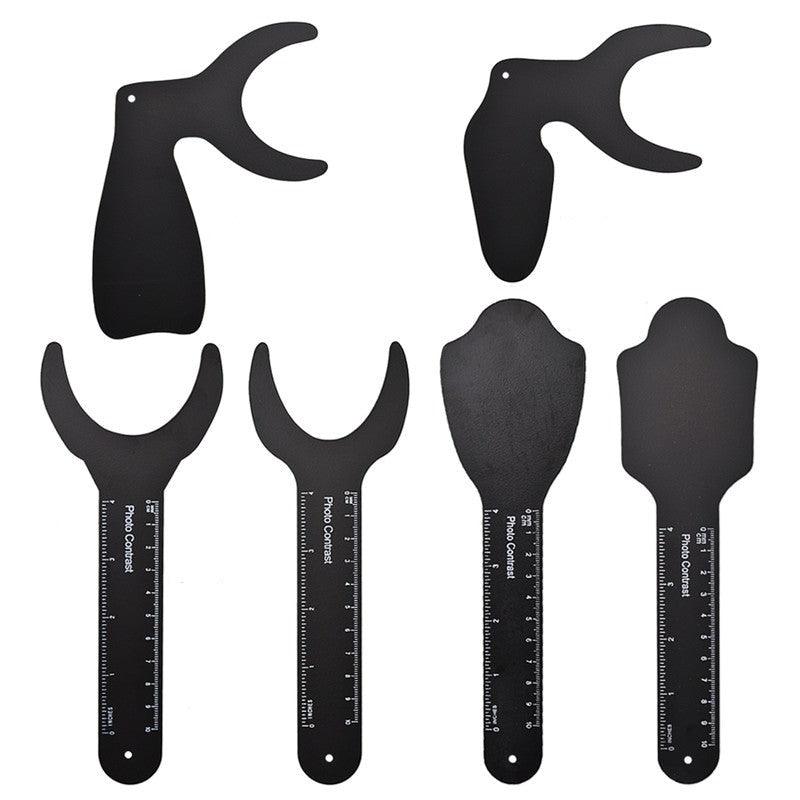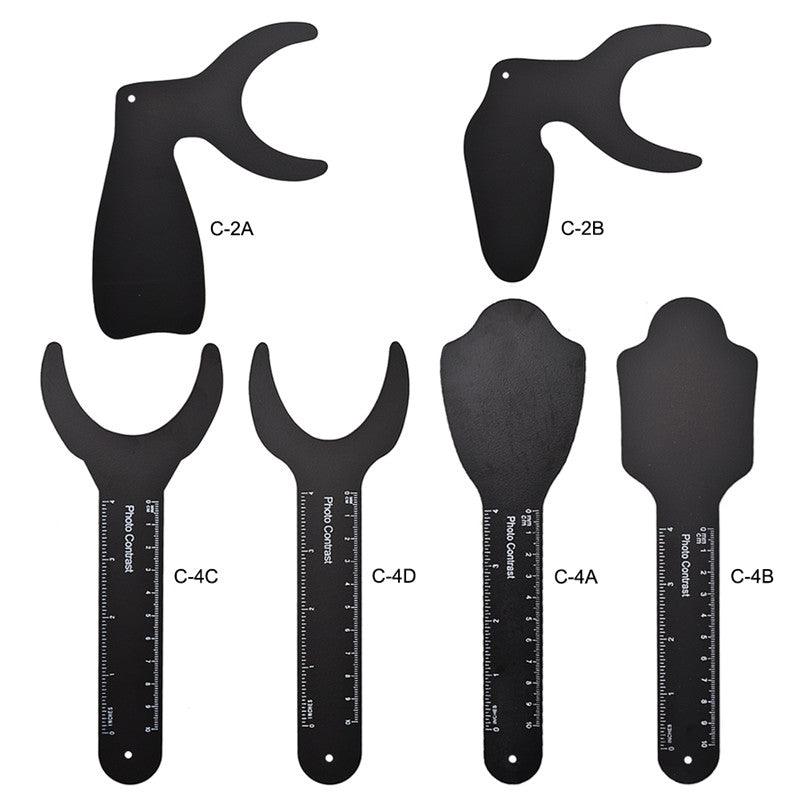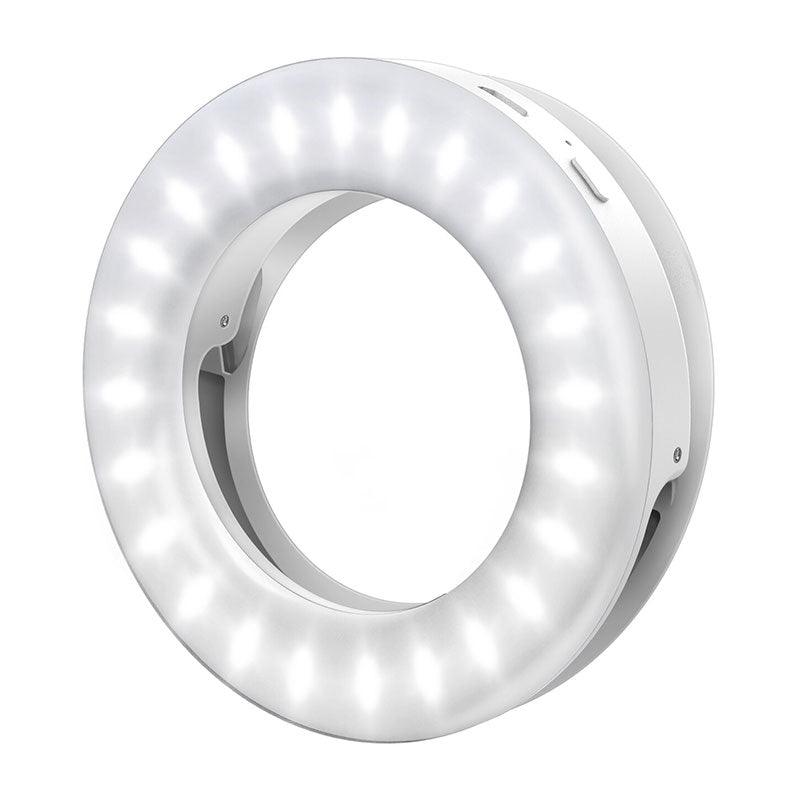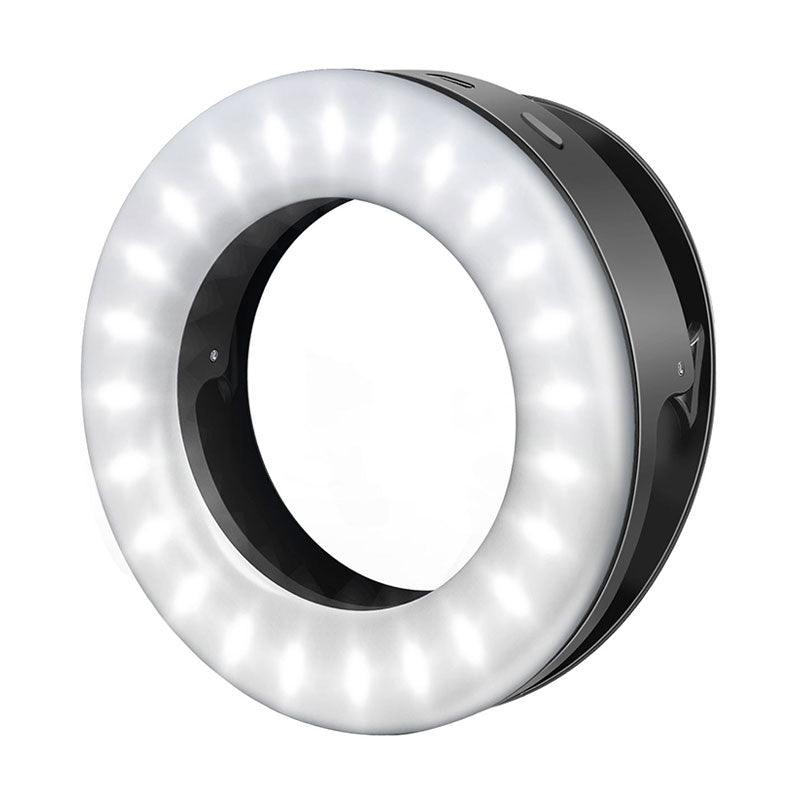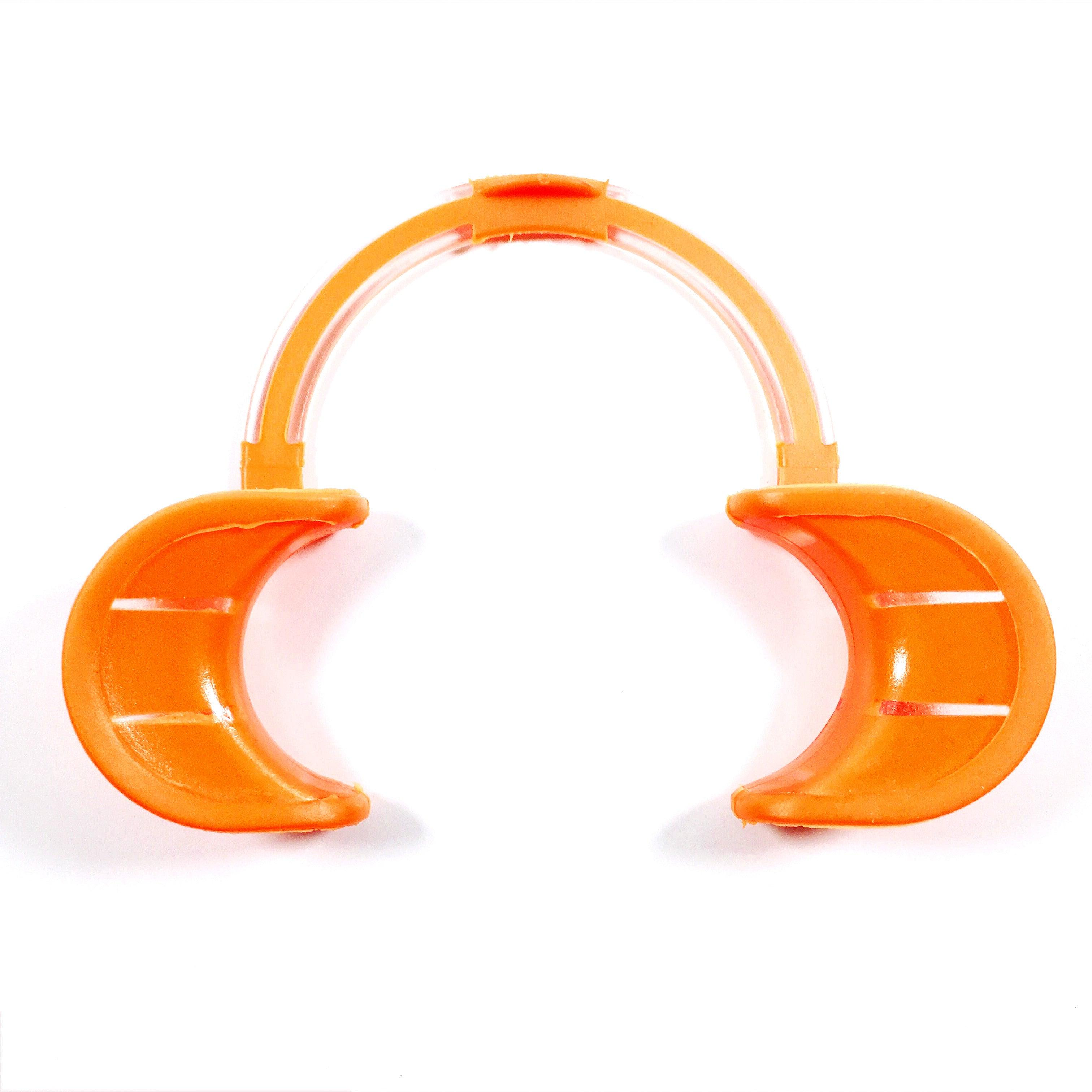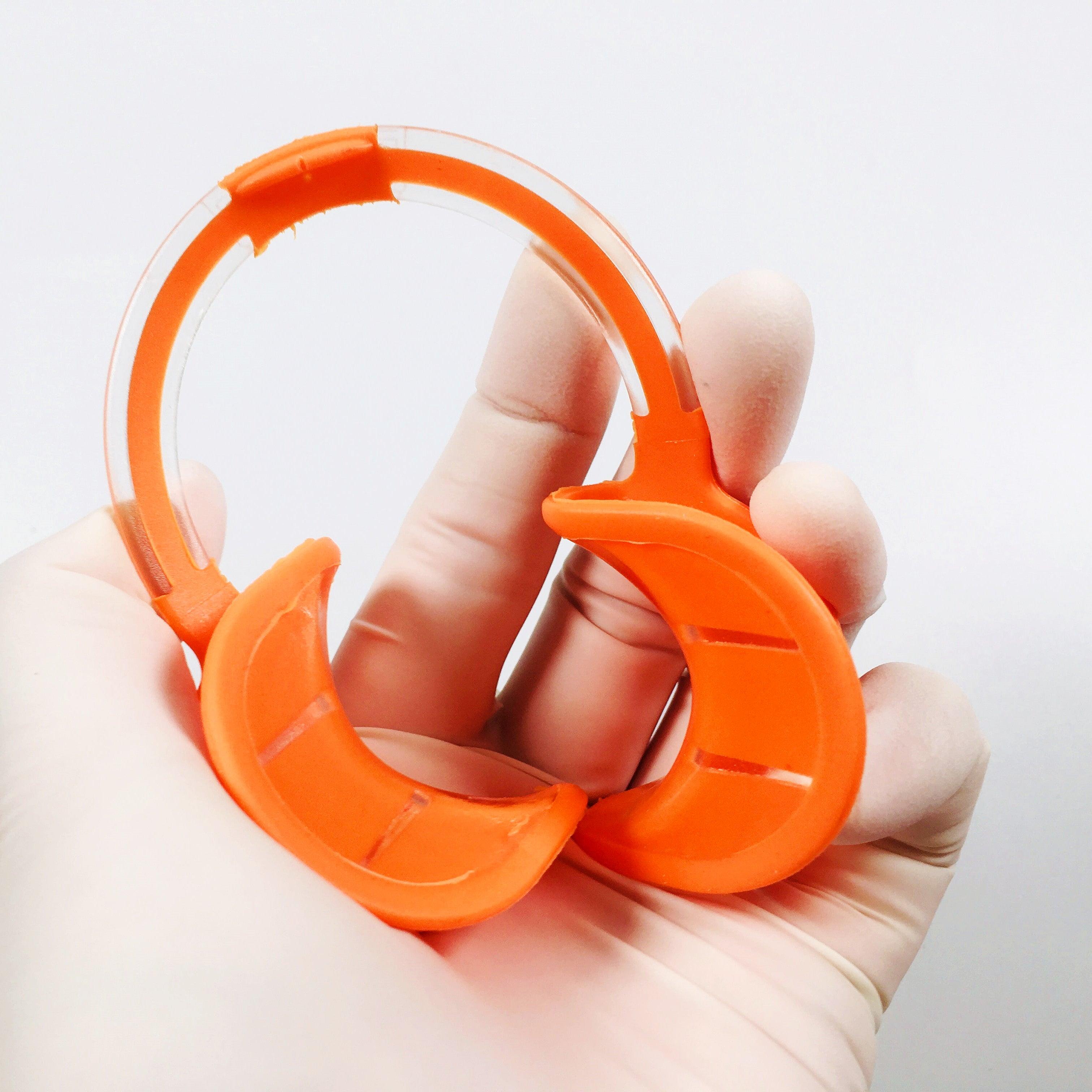In modern dentistry, dental photography plays a crucial role in diagnosis, treatment planning, case documentation, and patient education. High-quality images help dentists showcase their work, enhance patient trust, and even promote their practice on social media. However, achieving professional results requires selecting the right equipment. In this guide, we will explore how to choose the best camera, lens, and lighting for dental photography to ensure sharp, clear, and high-quality images.

Which Camera is Best for Dental Photography?
The choice of camera determines the overall quality of your dental photos. While smartphones have improved significantly, professional cameras remain the gold standard for precision and detail, especially for macro photography. The two best options for dental photography are Digital Single-Lens Reflex (DSLR) and Mirrorless cameras.
DSLR Cameras: Known for their excellent image quality, a wide selection of lenses, and reliability. These cameras are ideal for professionals who prefer full manual control over settings.
Mirrorless Cameras: More compact and lightweight, with fast autofocus and excellent low-light performance. They are perfect for both intraoral and extraoral photography, offering more flexibility in clinical settings.
Recommended Camera Models:
- Canon EOS 90D (DSLR) – 32.5 MP, excellent detail, supports macro lenses
- Nikon D7500 (DSLR) – 20.9 MP, precise autofocus, accurate color reproduction
- Sony A7 III (Mirrorless) – 24.2 MP, fast processing, outstanding image quality
- Fujifilm X-T5 (Mirrorless) – 40 MP, accurate color rendering, user-friendly interface
Choosing the Right Lens for Dental Photography
The lens is just as important as the camera itself in determining image quality. A 100mm macro lens is the best choice for dental photography as it minimizes distortion and captures fine details with incredible sharpness.
Advantages of Macro Lenses:
- Provides high-resolution images of teeth, restorations, and gum structure
- Reduces perspective distortion, essential for accurate documentation
- Allows for sufficient working distance, improving patient comfort
Recommended Macro Lenses:
- Canon EF 100mm f/2.8L Macro IS USM – excellent stabilization and sharp details
- Nikon AF-S 105mm f/2.8G IF-ED VR Micro – outstanding clarity and fast autofocus
- Sony FE 90mm f/2.8 Macro G OSS – perfect for mirrorless systems
The Best Lighting for Dental Photography
Proper lighting is essential for clear, detailed images. The two most commonly used types of lighting in dental photography are ring flashes and twin flashes.
Ring Flash: The most popular choice for beginners, a ring flash mounts around the lens and provides even, shadow-free illumination. It is ideal for intraoral photography, where uniform lighting is essential.
Twin Flash: A more advanced lighting setup, twin flashes allow directional lighting, making it easier to highlight textures and depth. This is particularly beneficial for restorative dentists capturing surface details in composite restorations, as well as prosthodontists working with ceramic restorations.
Conclusion on Lighting: If you want shadow-free, evenly lit images, a ring flash is the best option. If you need to emphasize texture and structure, especially for restorations, a twin flash is the superior choice.
Essential Accessories for Dental Photography
To achieve professional-quality images, additional accessories are necessary:
- Retractors: Keep lips and cheeks away from the field of view, ensuring a clean, unobstructed image.
- Contrasters: Provide a black background to enhance tooth visibility and remove distracting elements.
- Anti-Fog Mirrors: Prevent condensation buildup during intraoral photography, ensuring clear reflections.
- Gray Cards: Help set accurate white balance for true-to-life colors.
All accessories tend to get scratched over time, negatively affecting image quality. Regularly inspect and replace them as needed to maintain professional standards.
Conclusion
Investing in the right camera, lens, and lighting is essential for achieving high-quality dental photographs. A DSLR or mirrorless camera, paired with a 100mm macro lens, provides the best results. Choosing the right lighting setup, whether a ring or twin flash, ensures perfect illumination. Additionally, essential accessories like retractors, contrasters, and mirrors contribute to clearer and more professional images.
For more expert insights on dental photography, visit dentiphoto.com and take your clinical photography to the next level.

